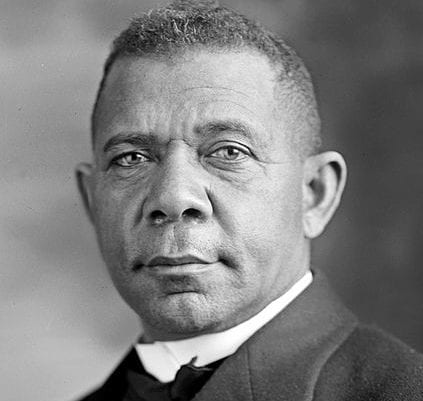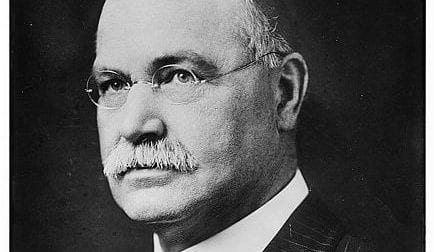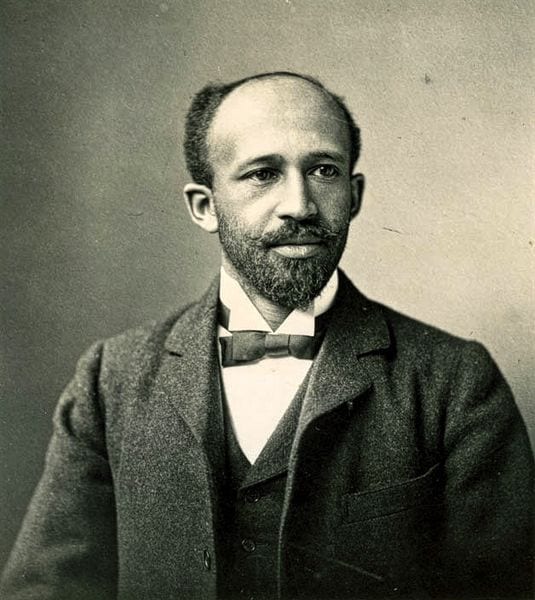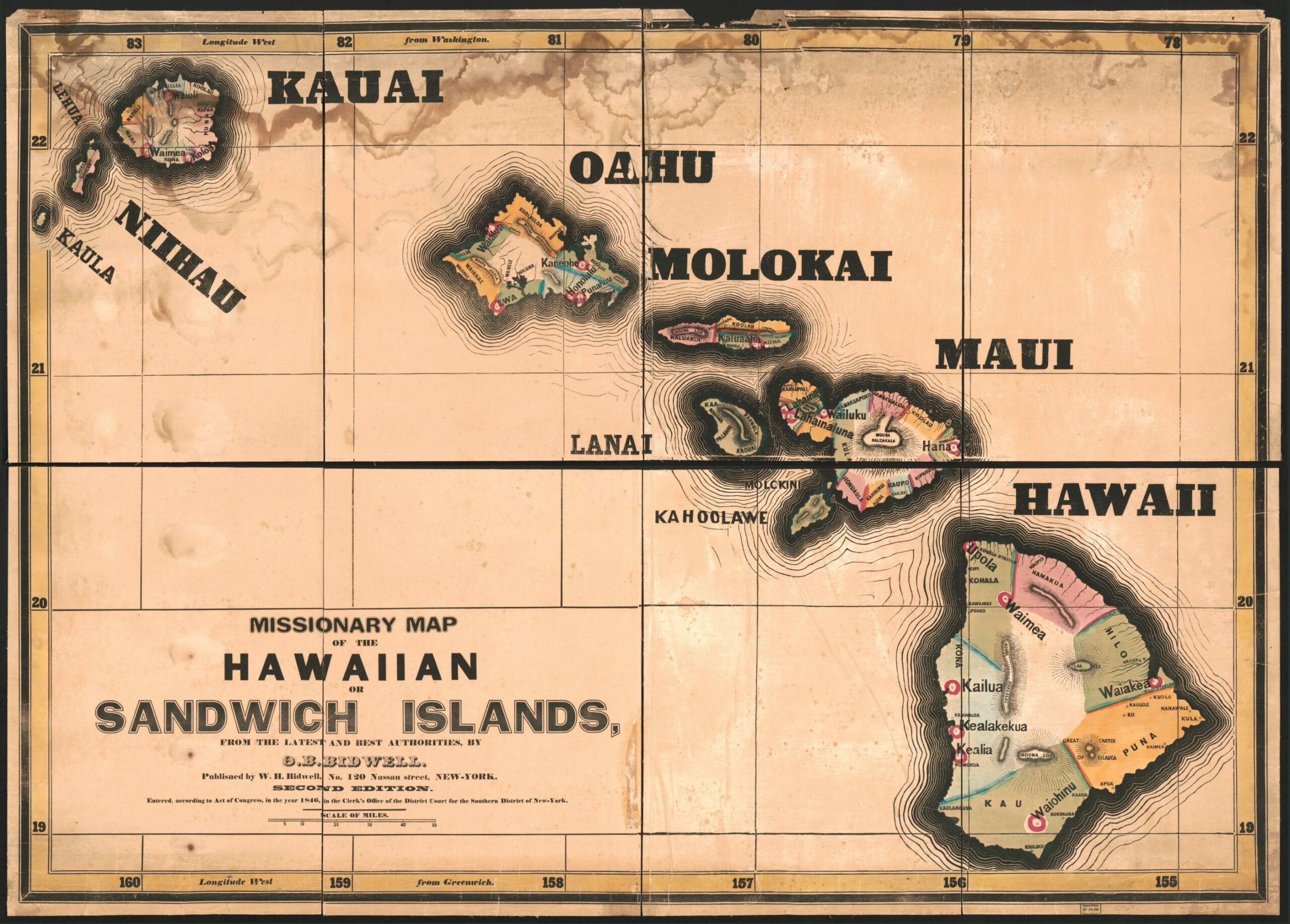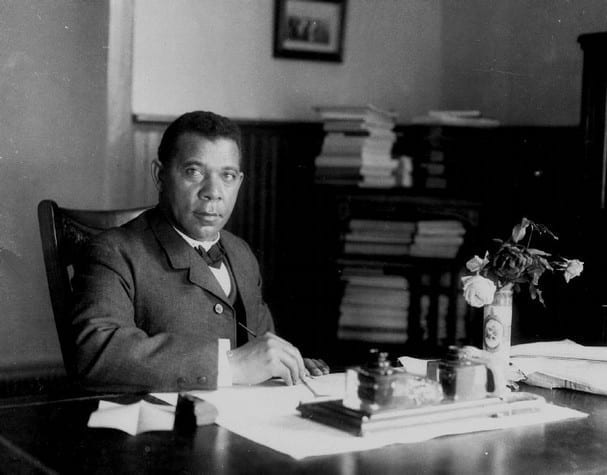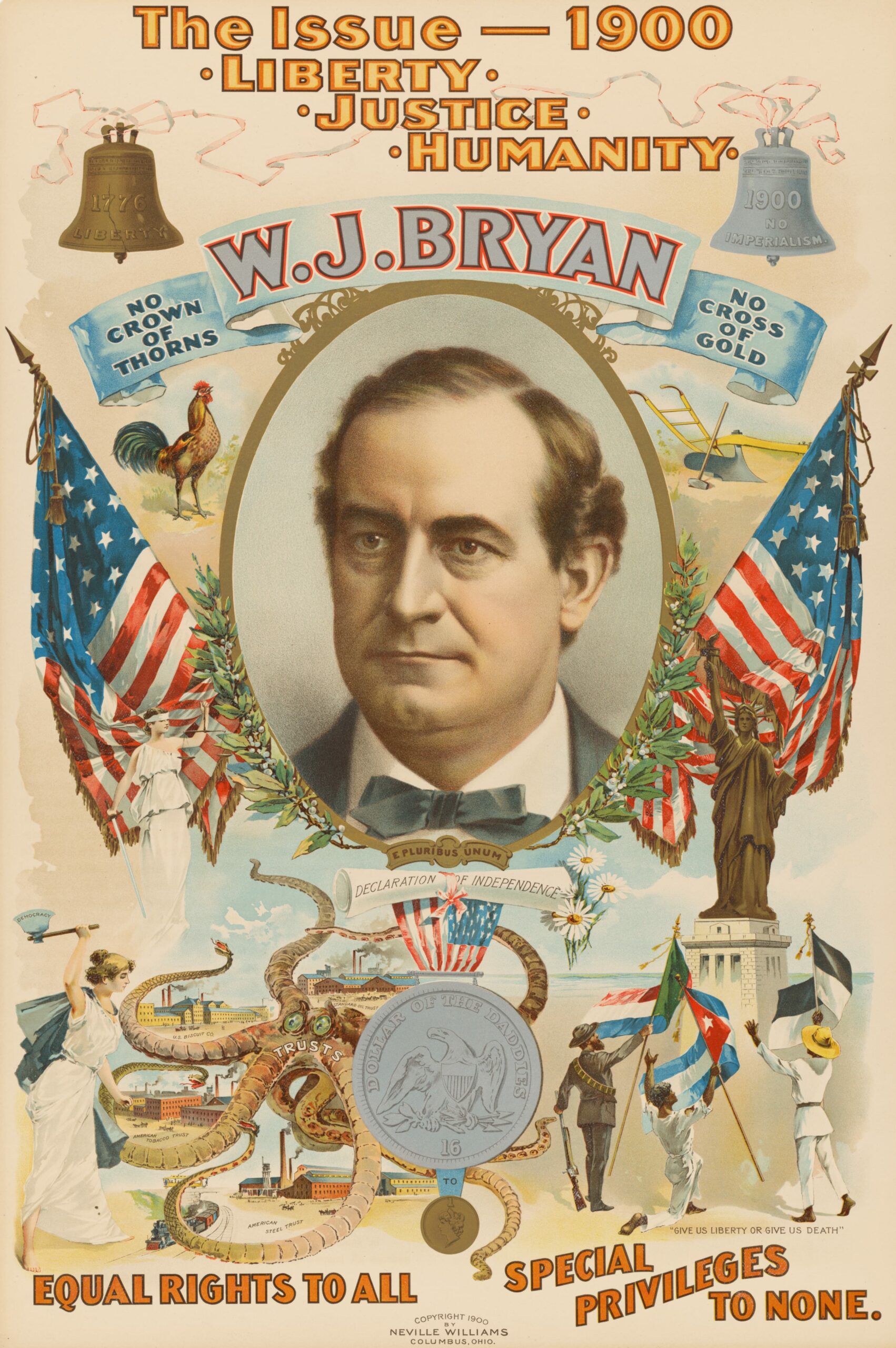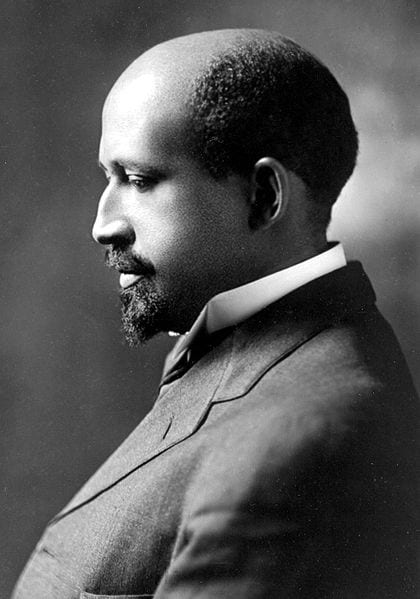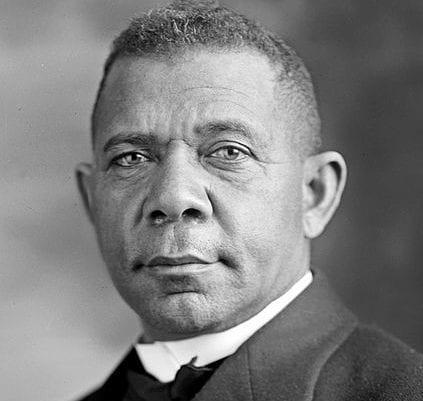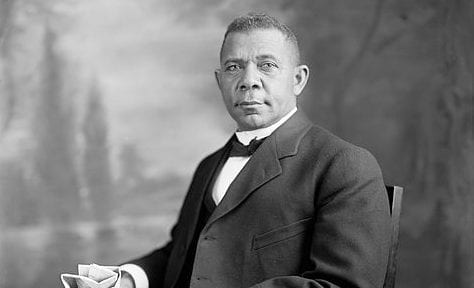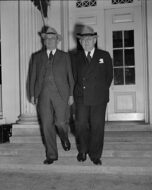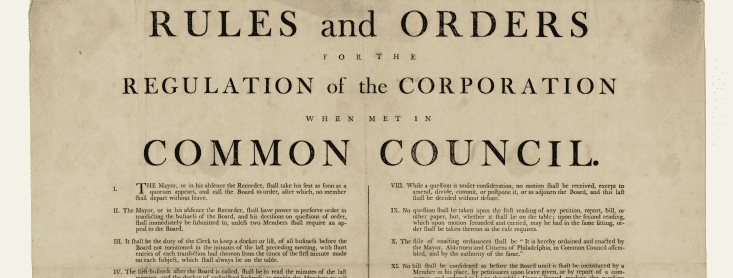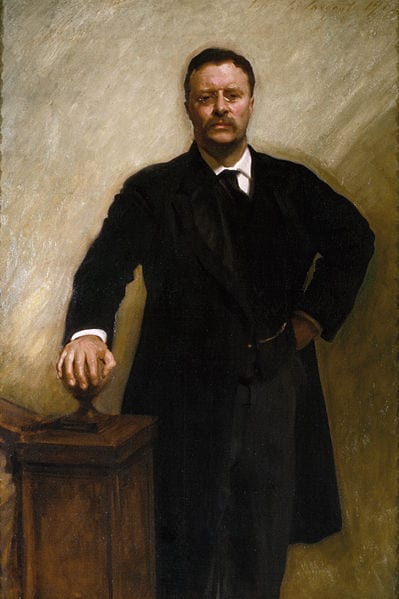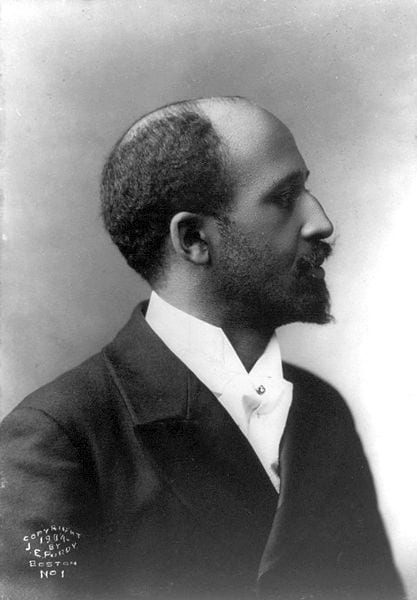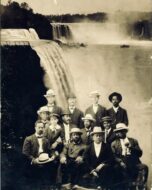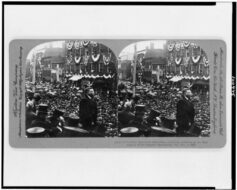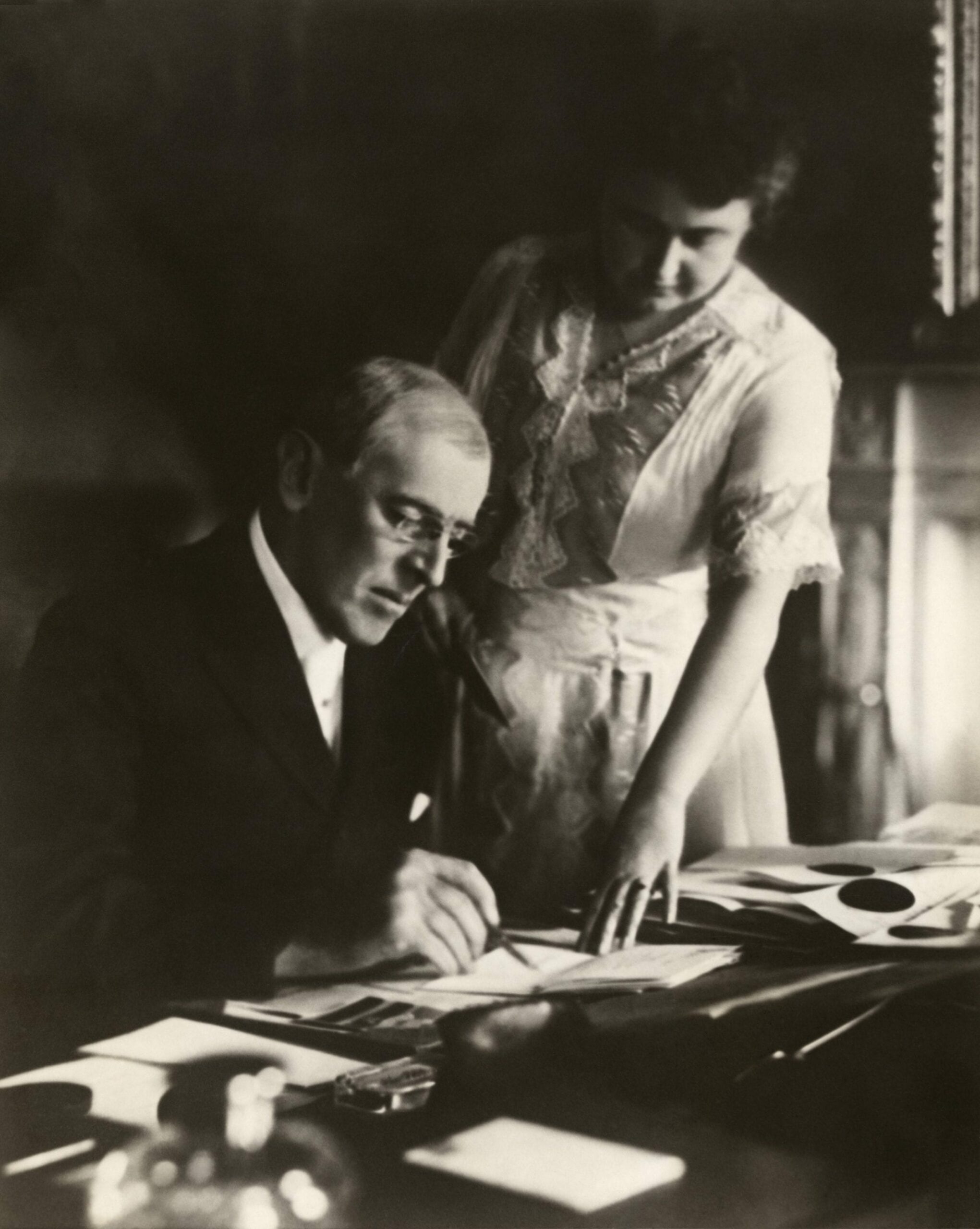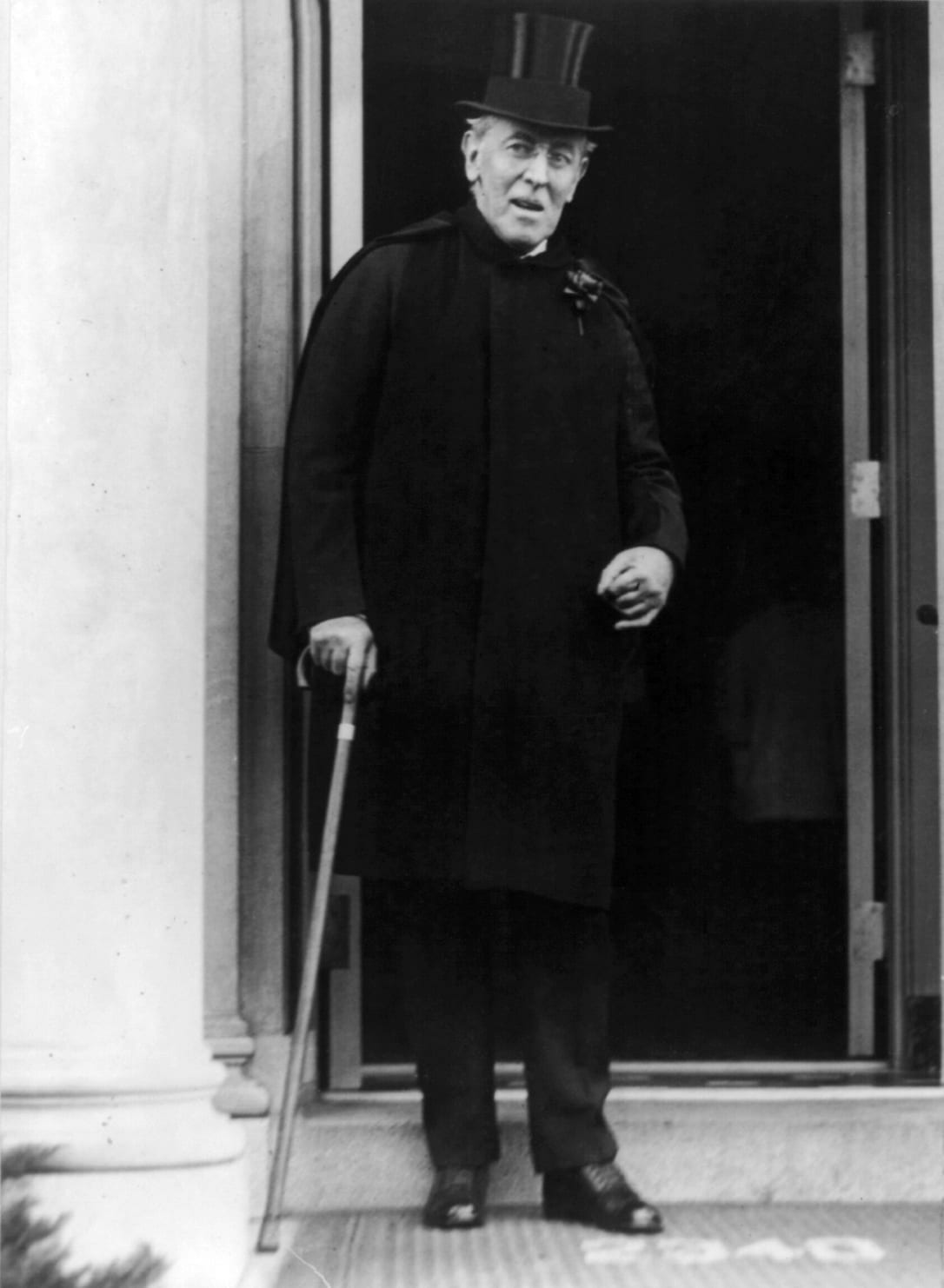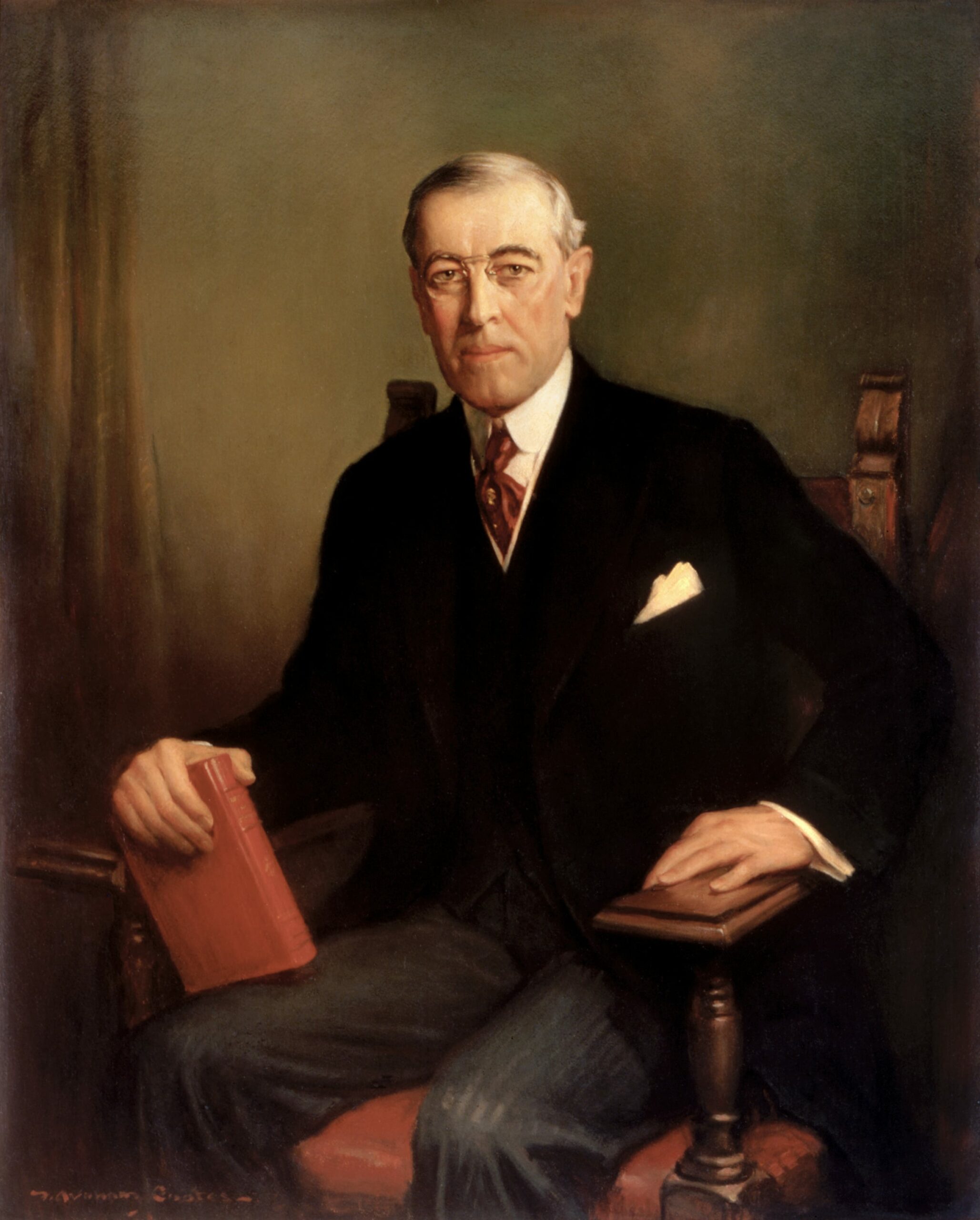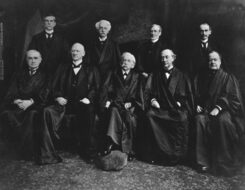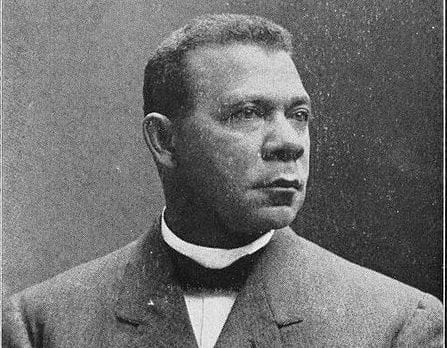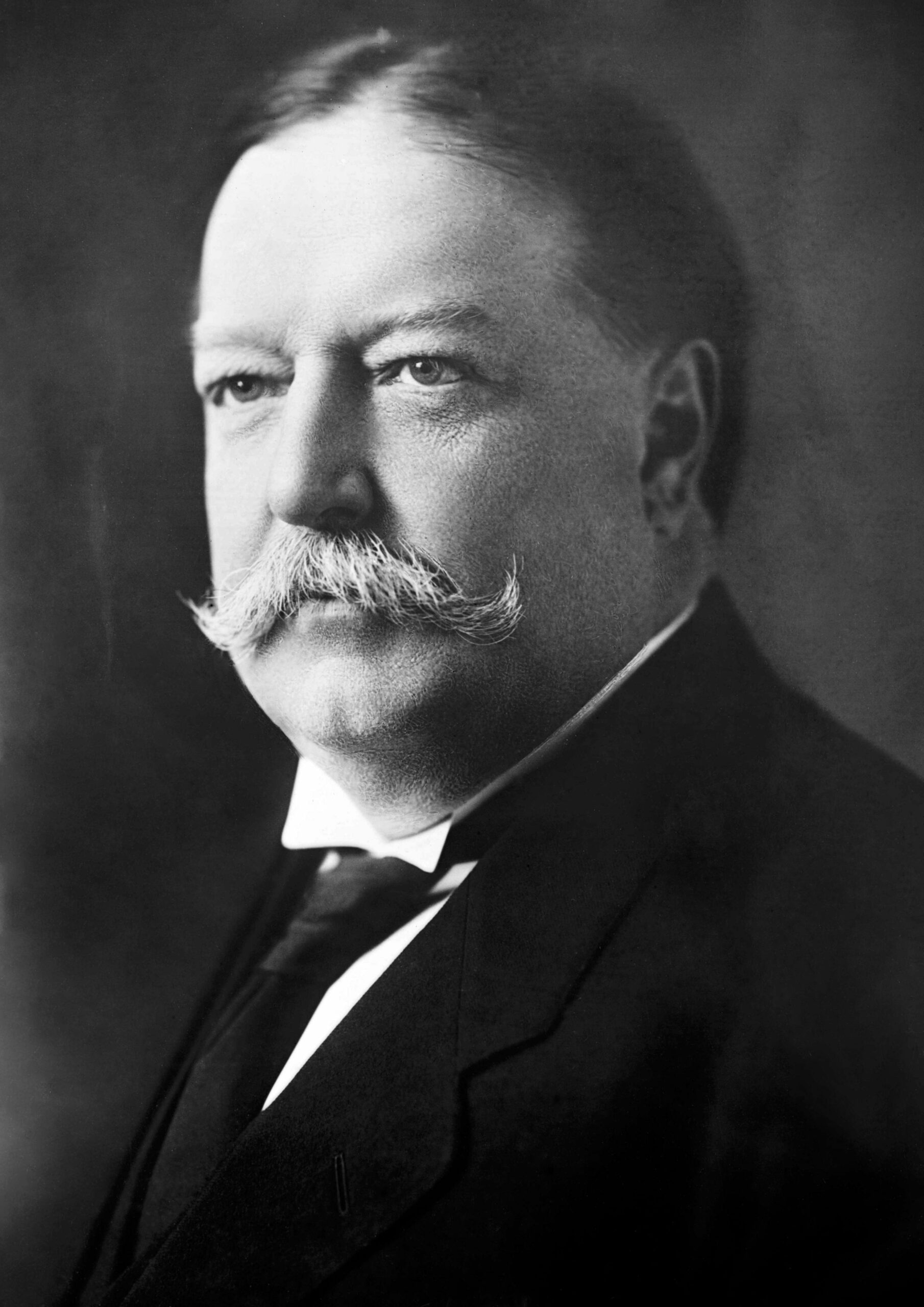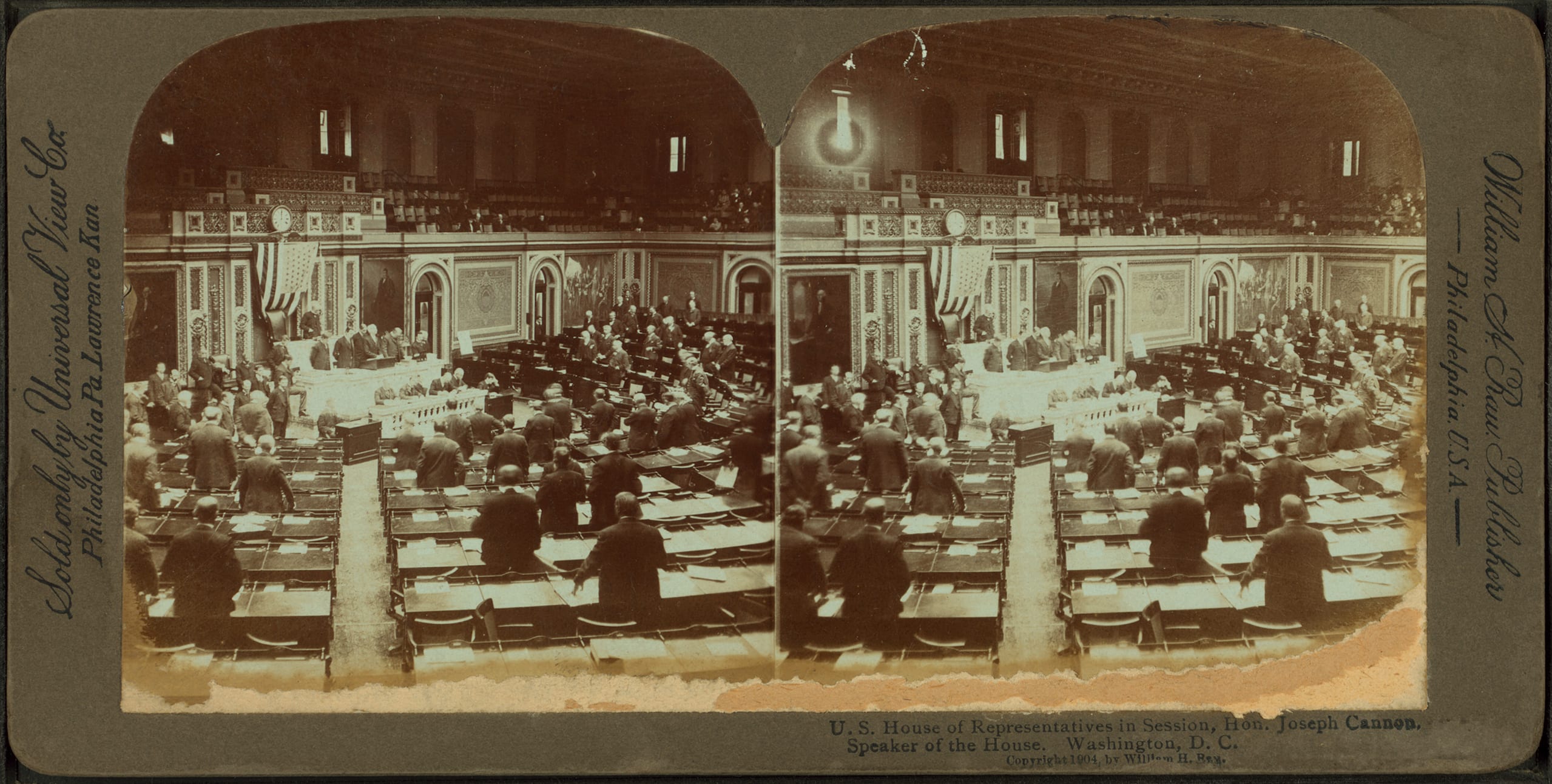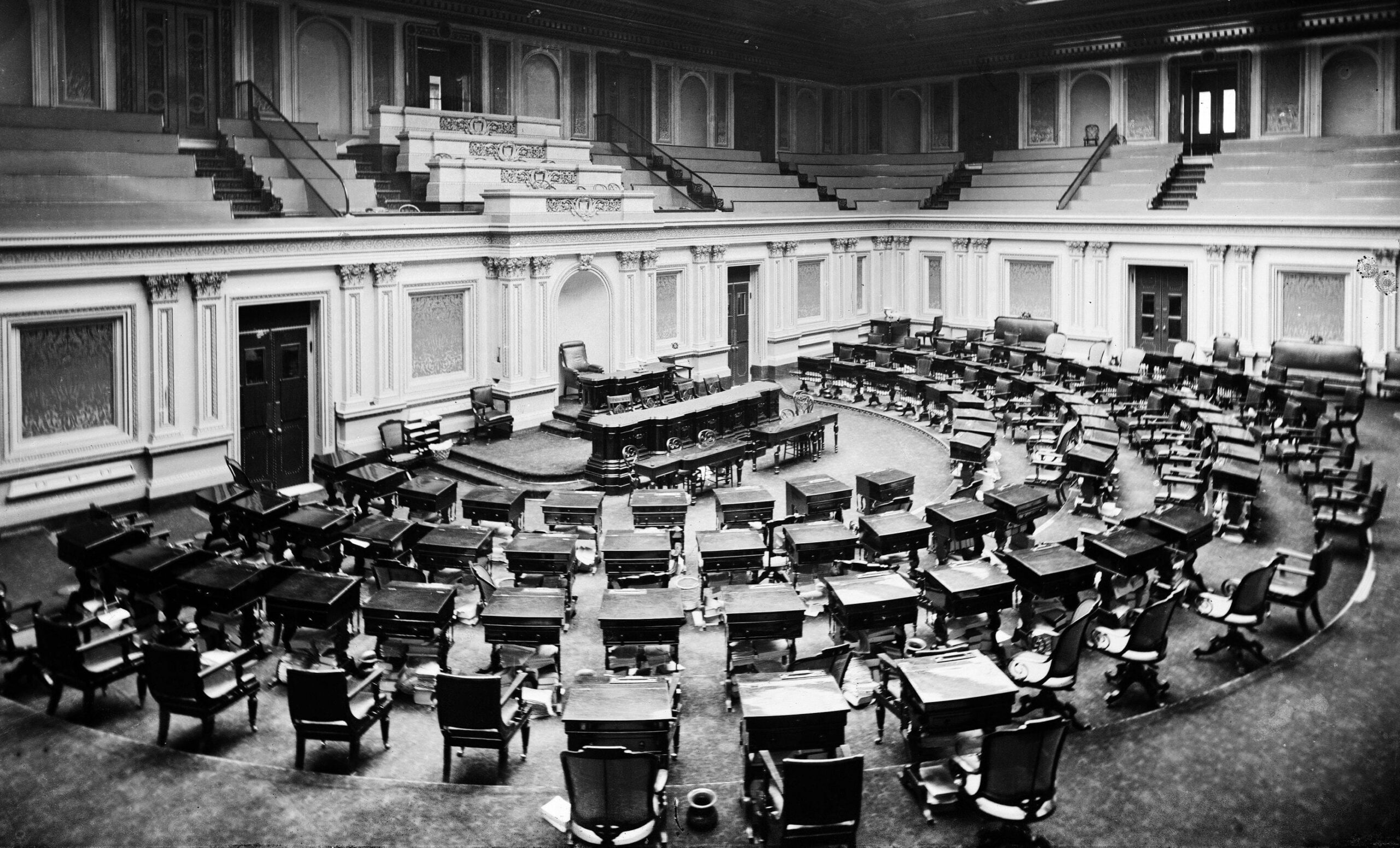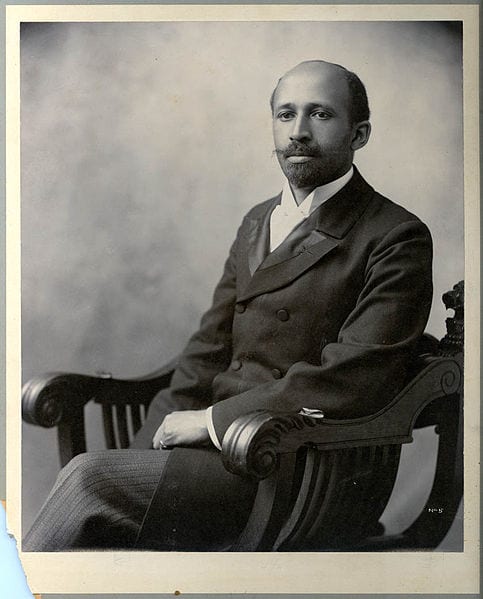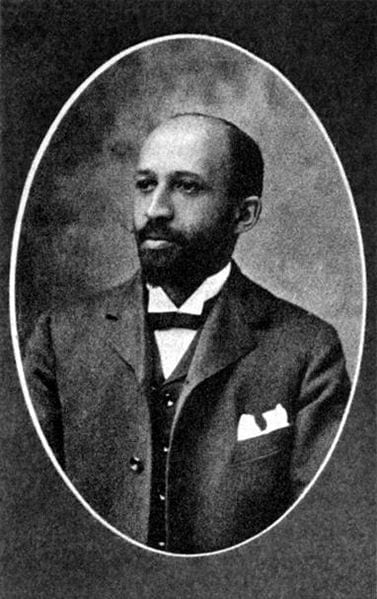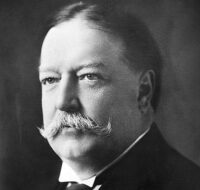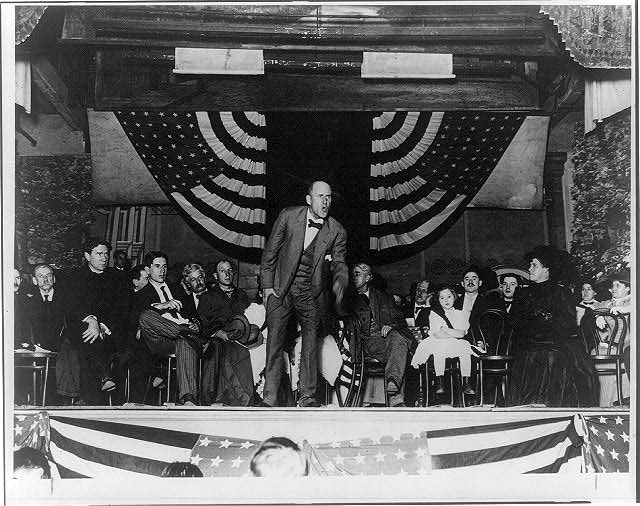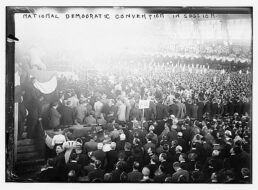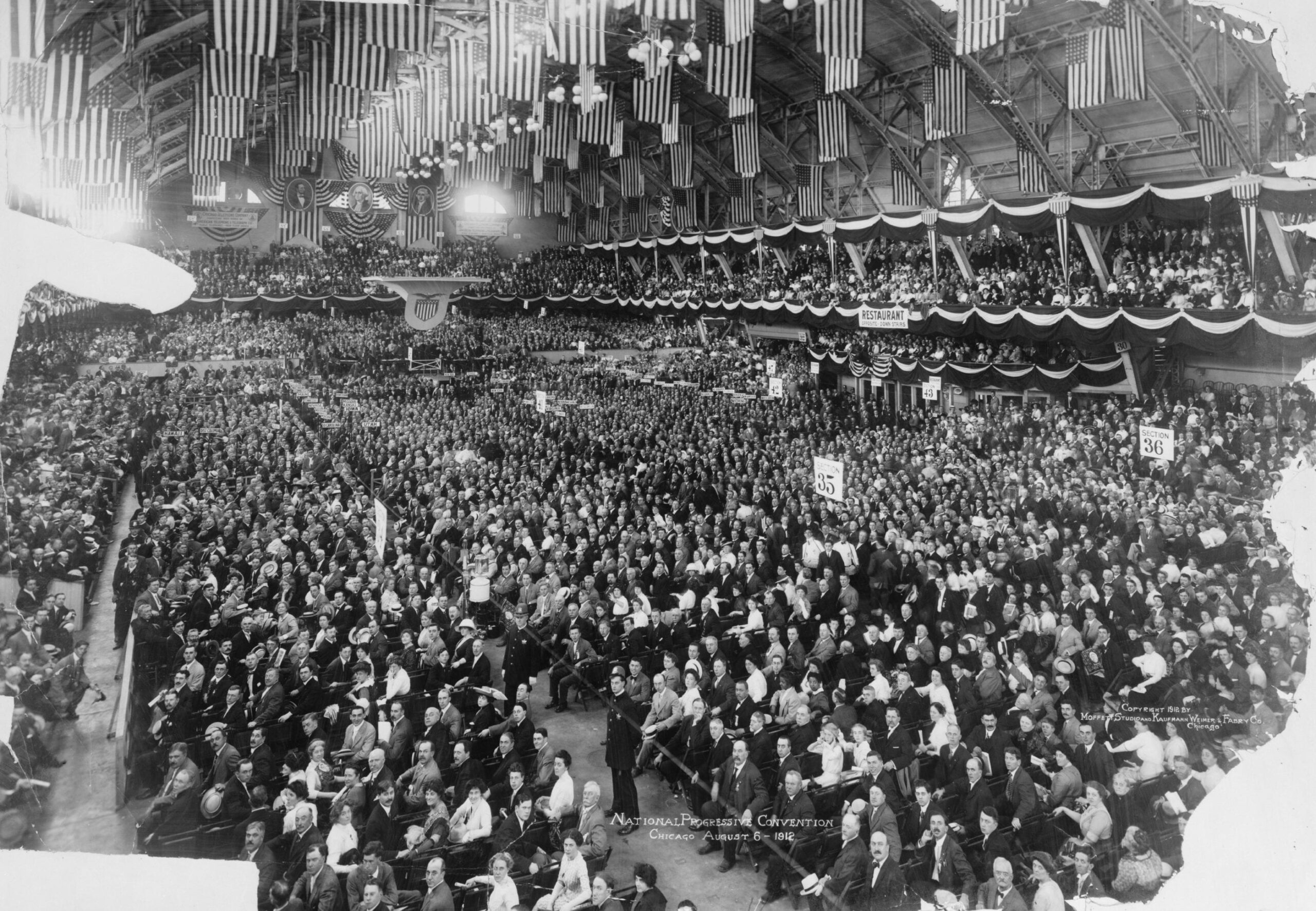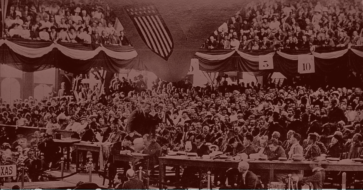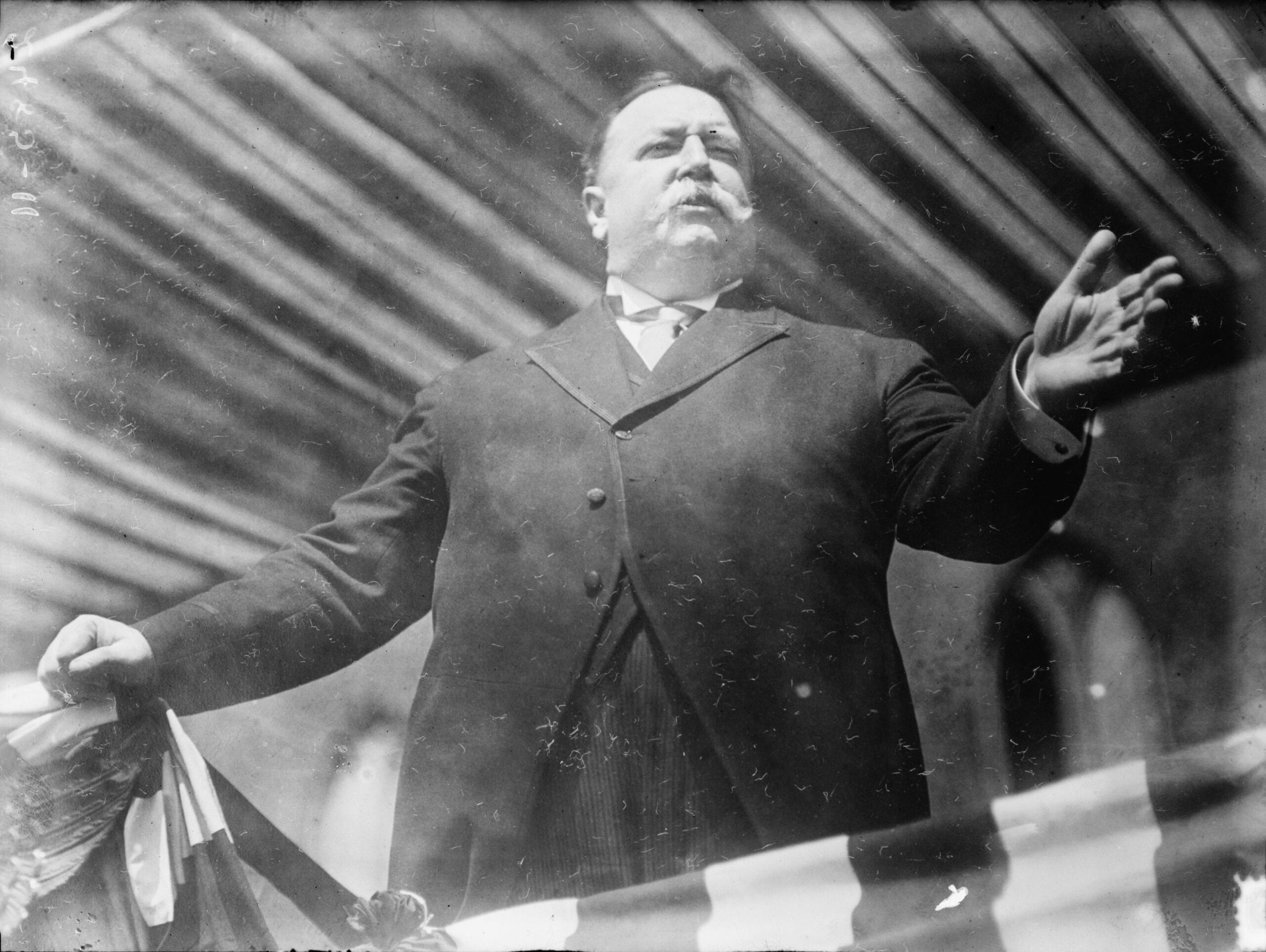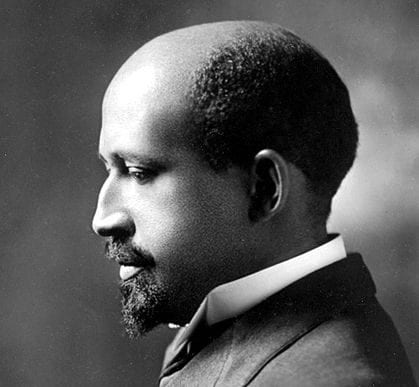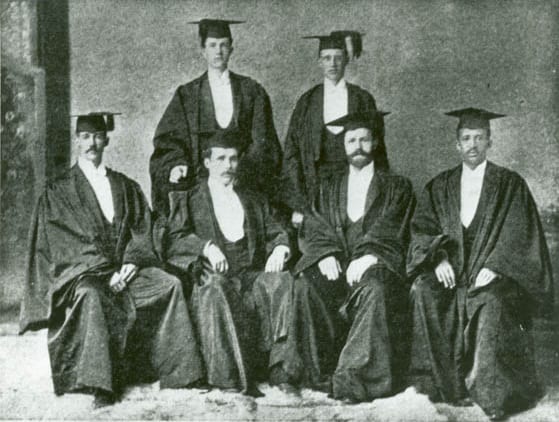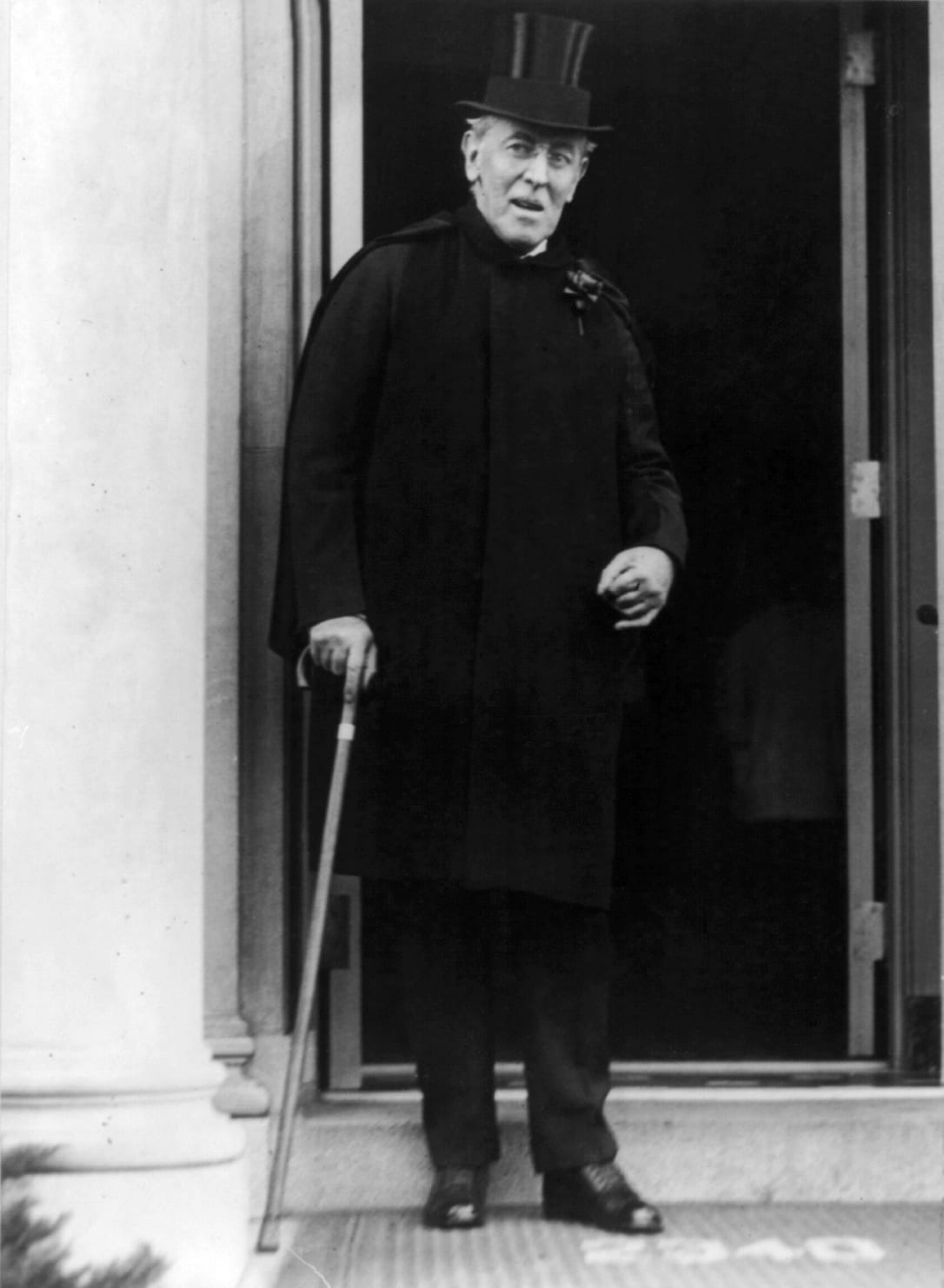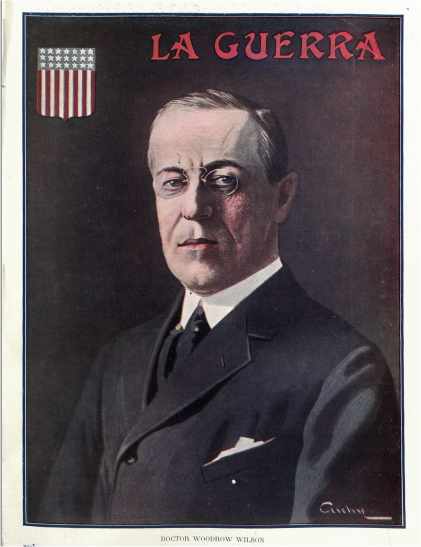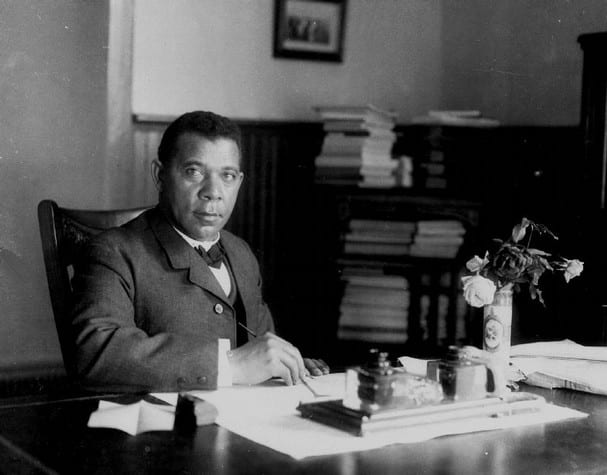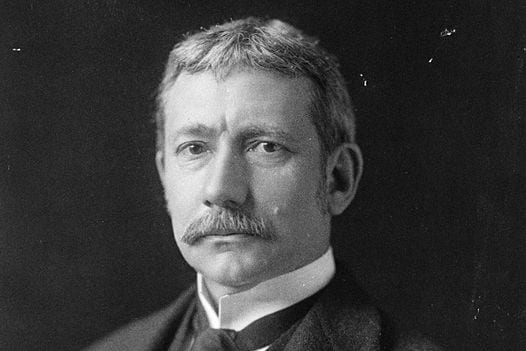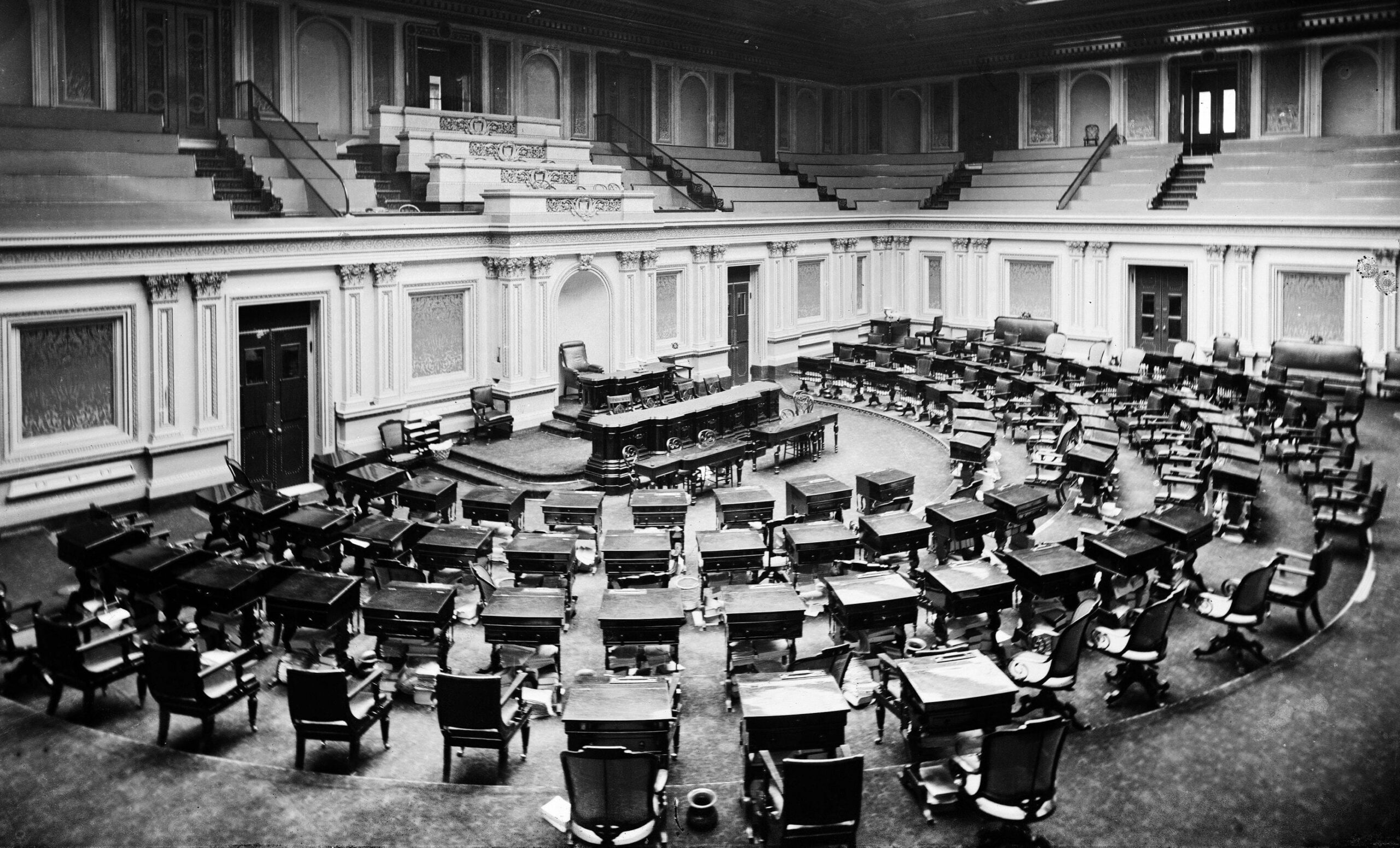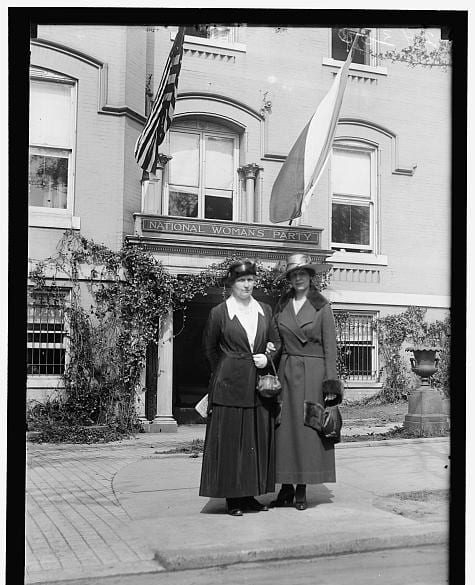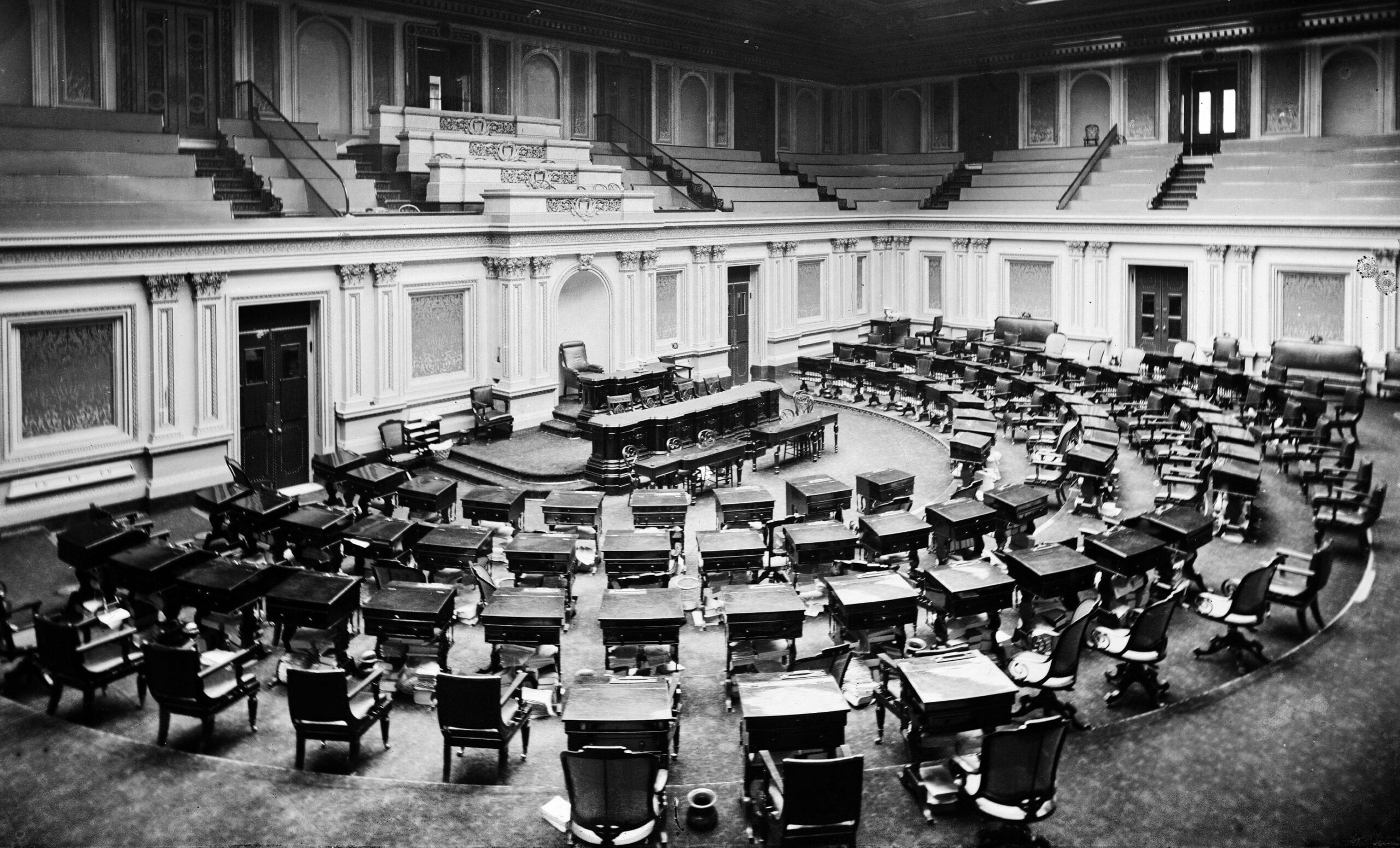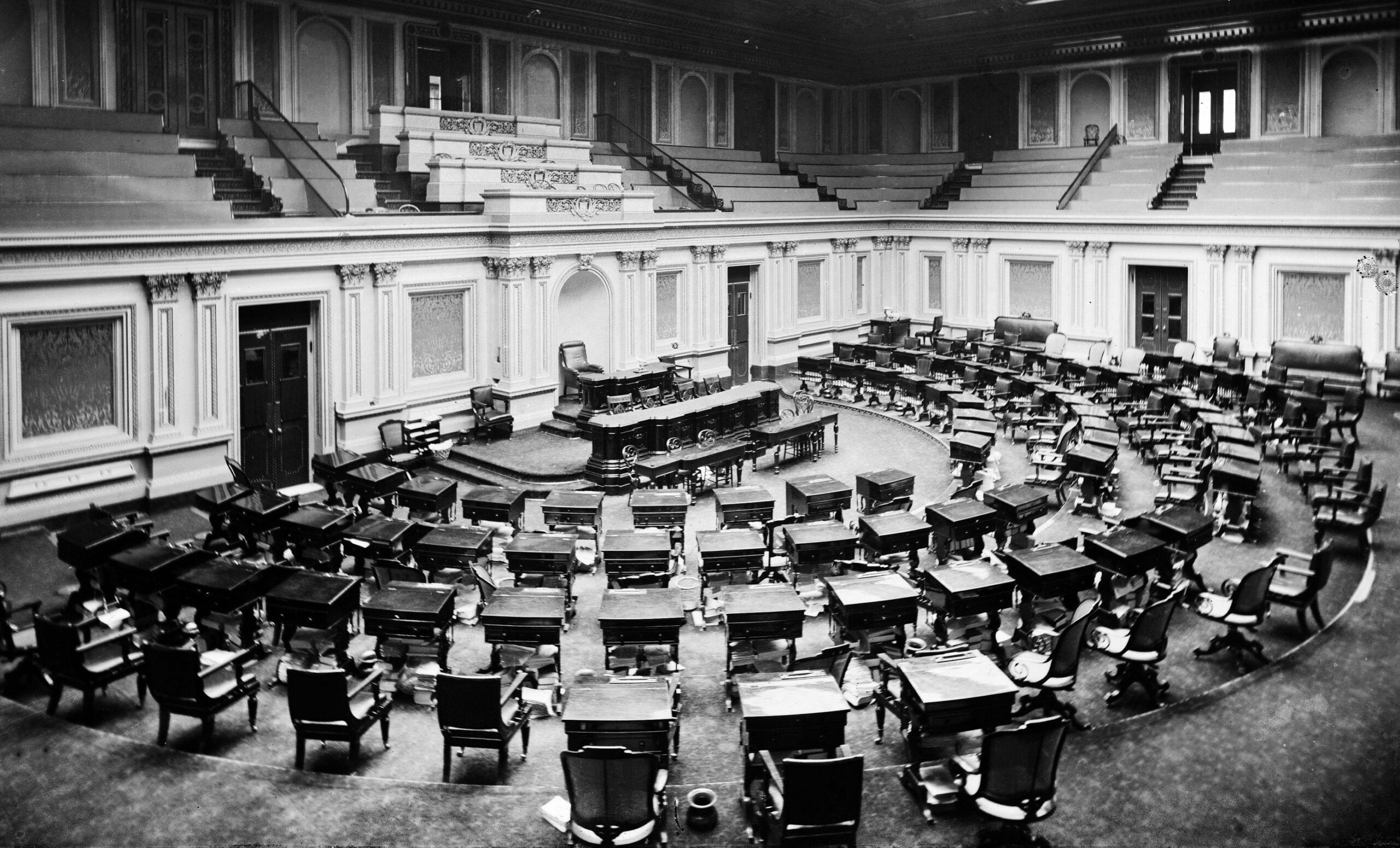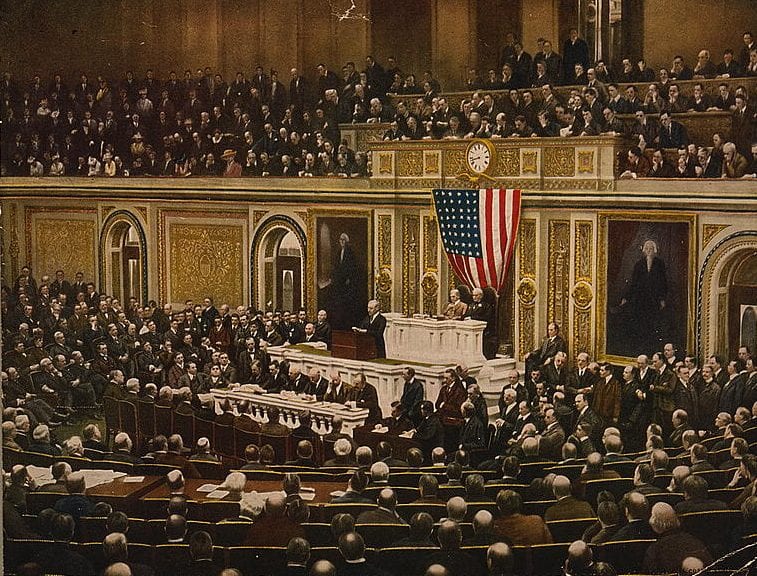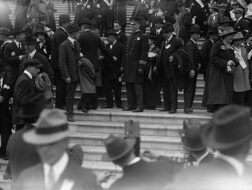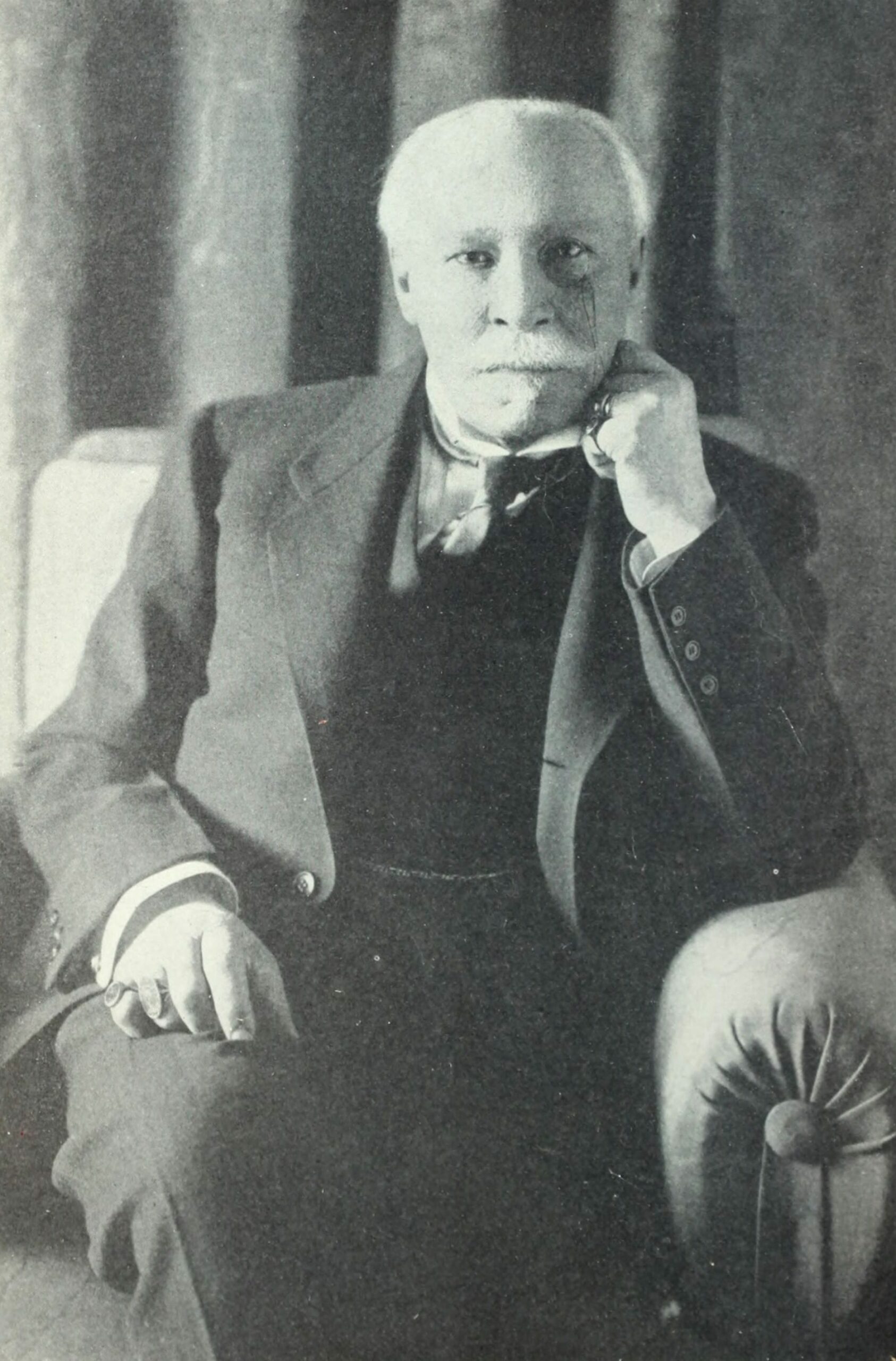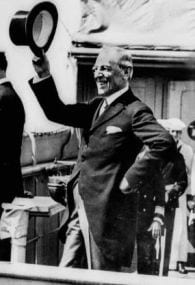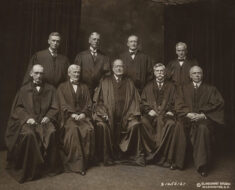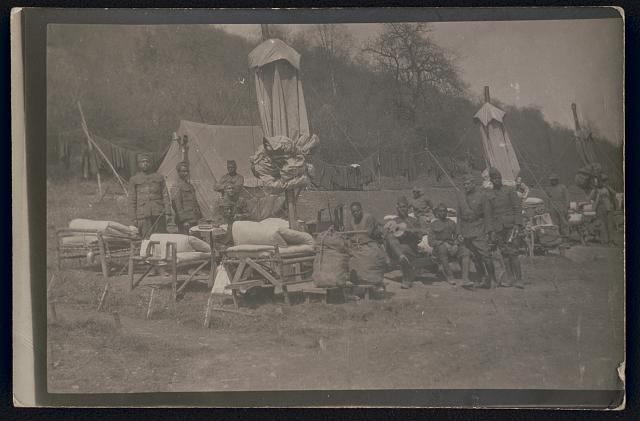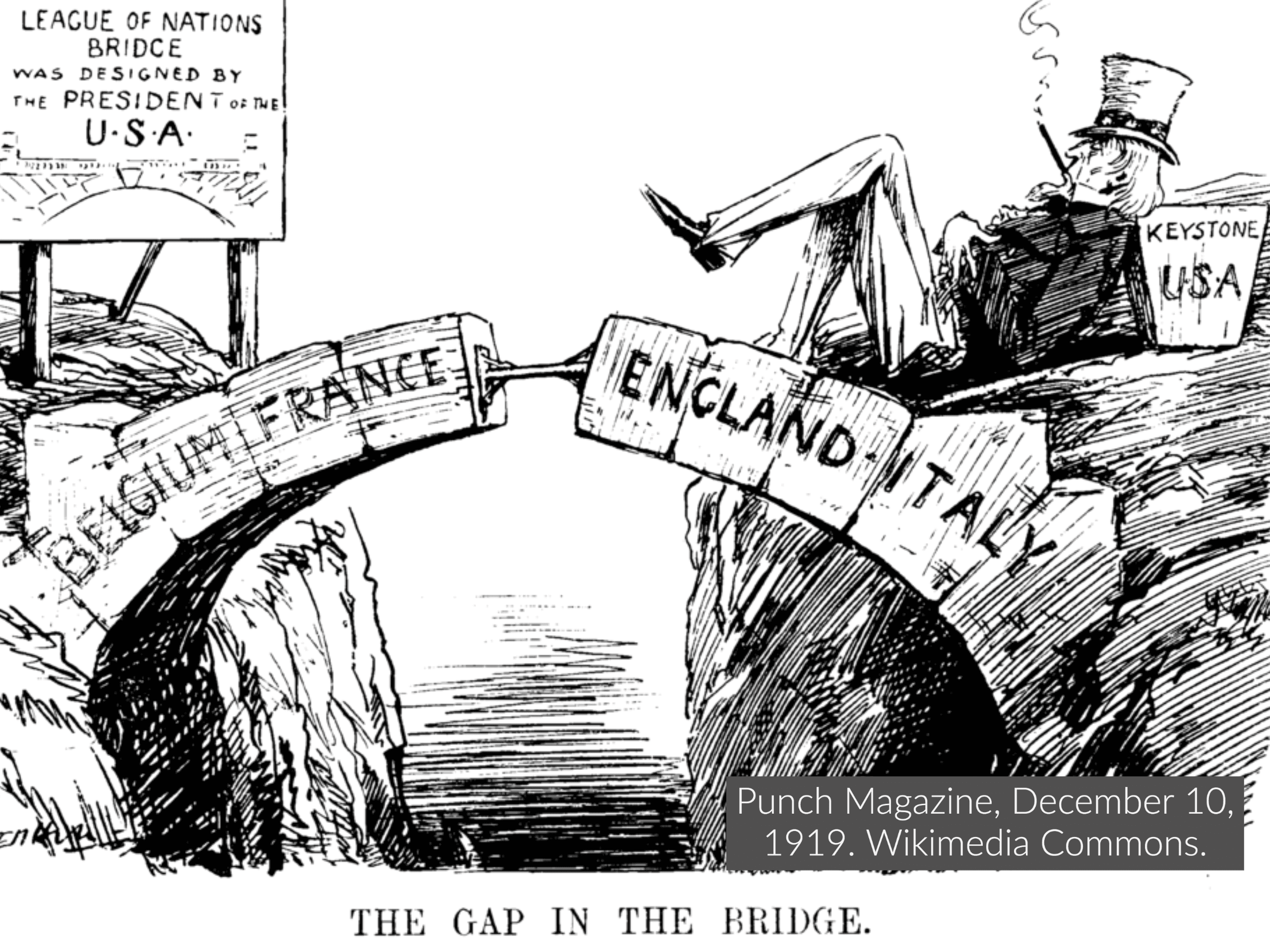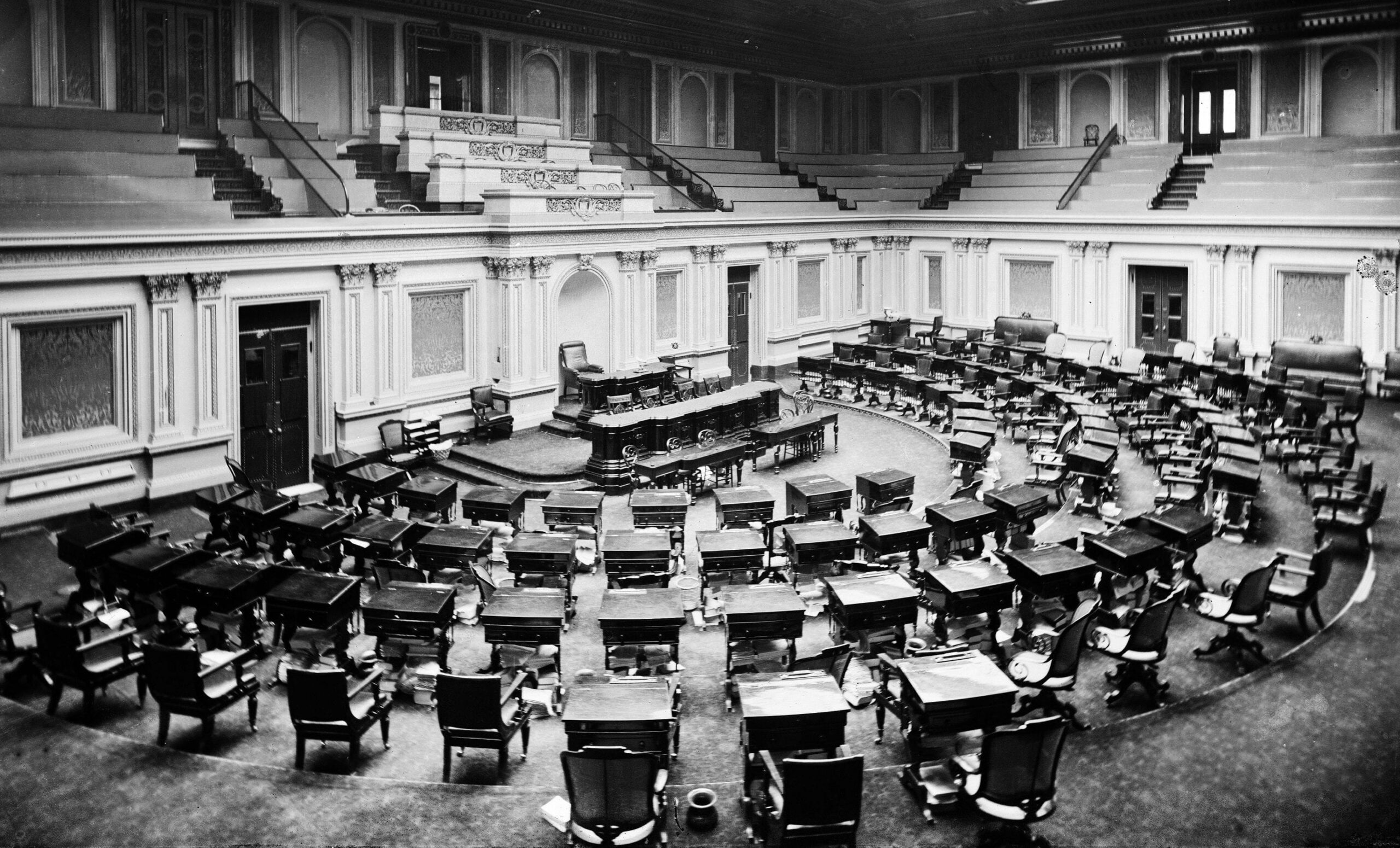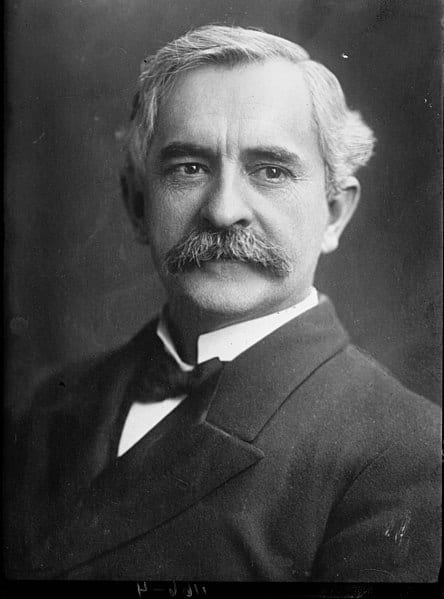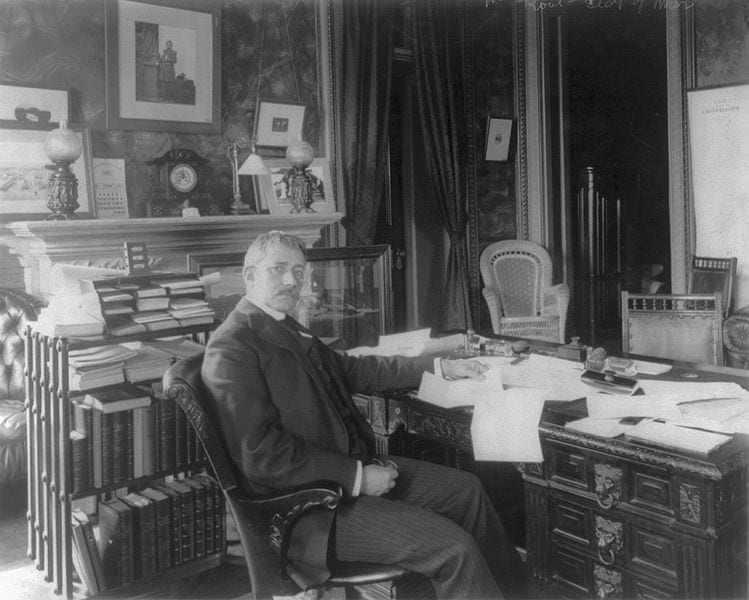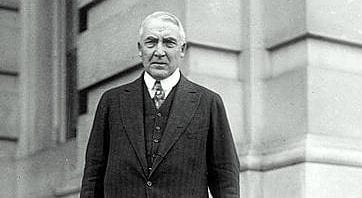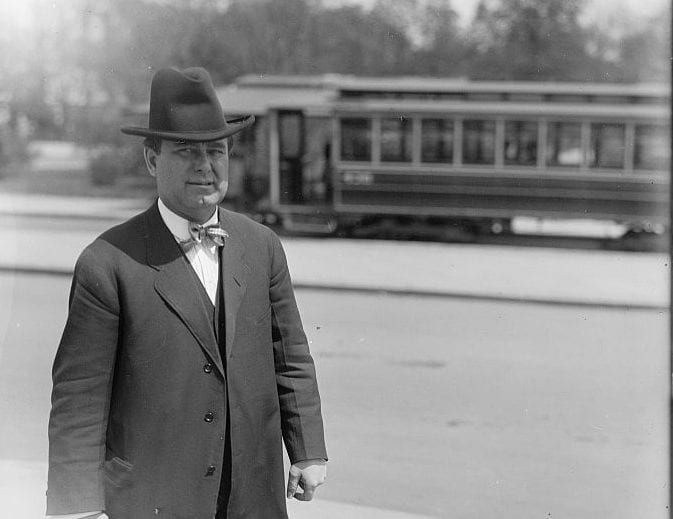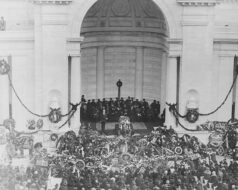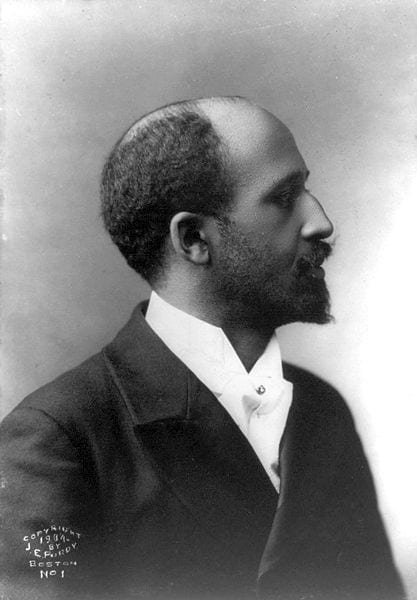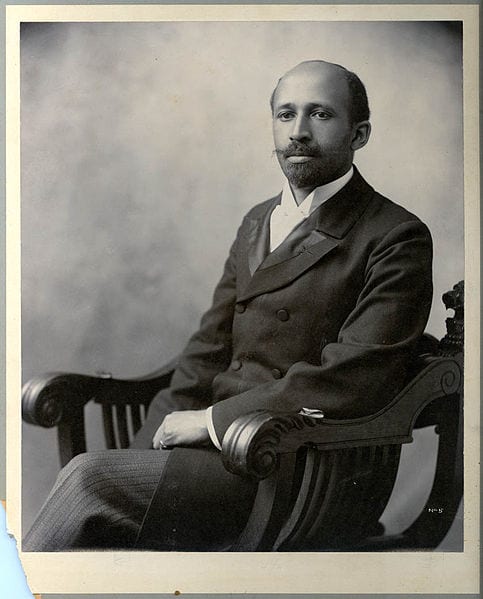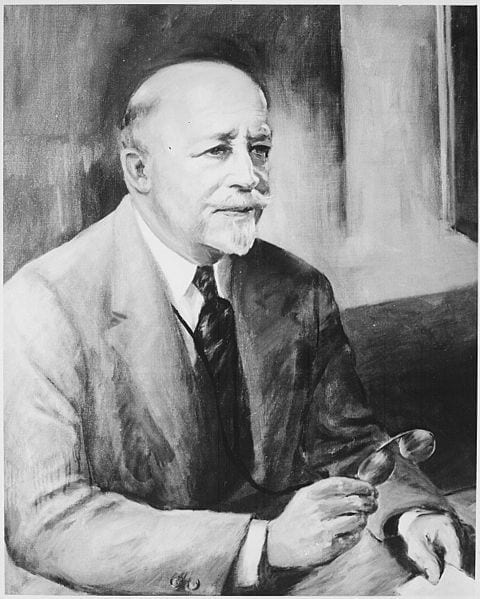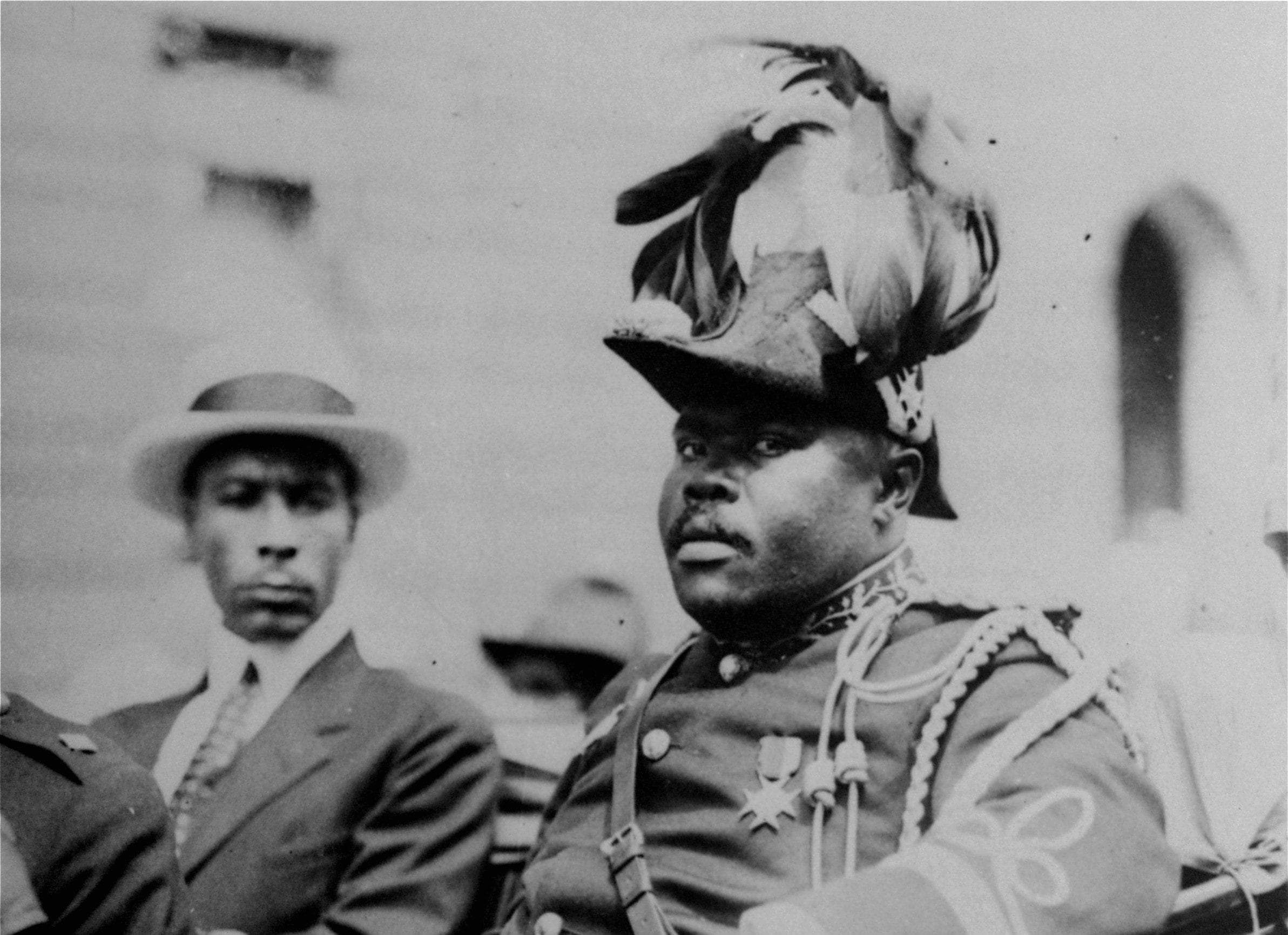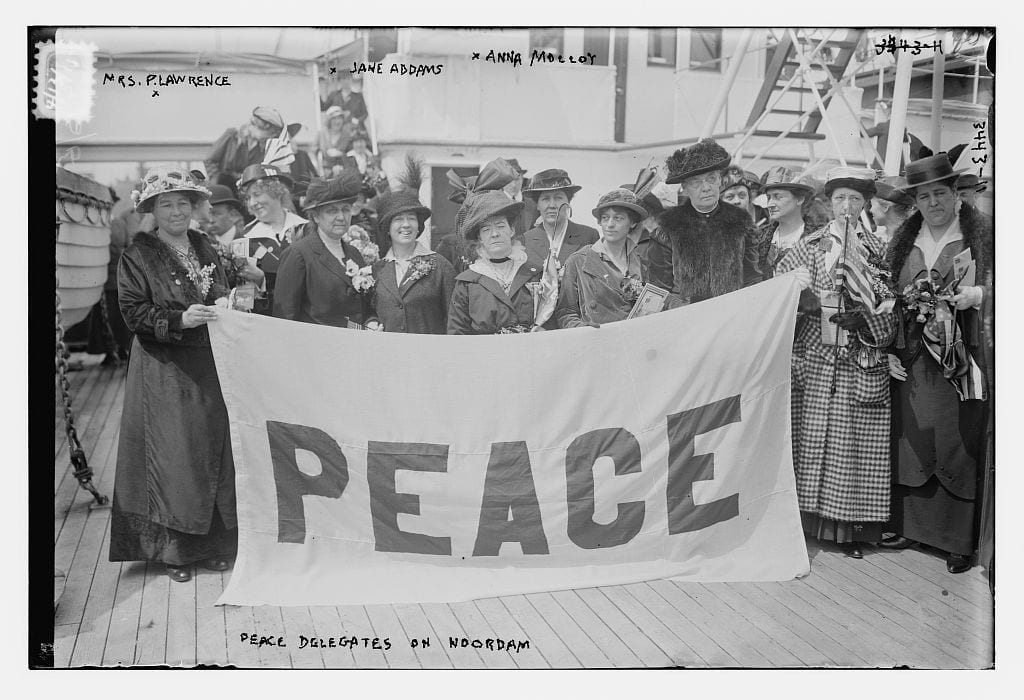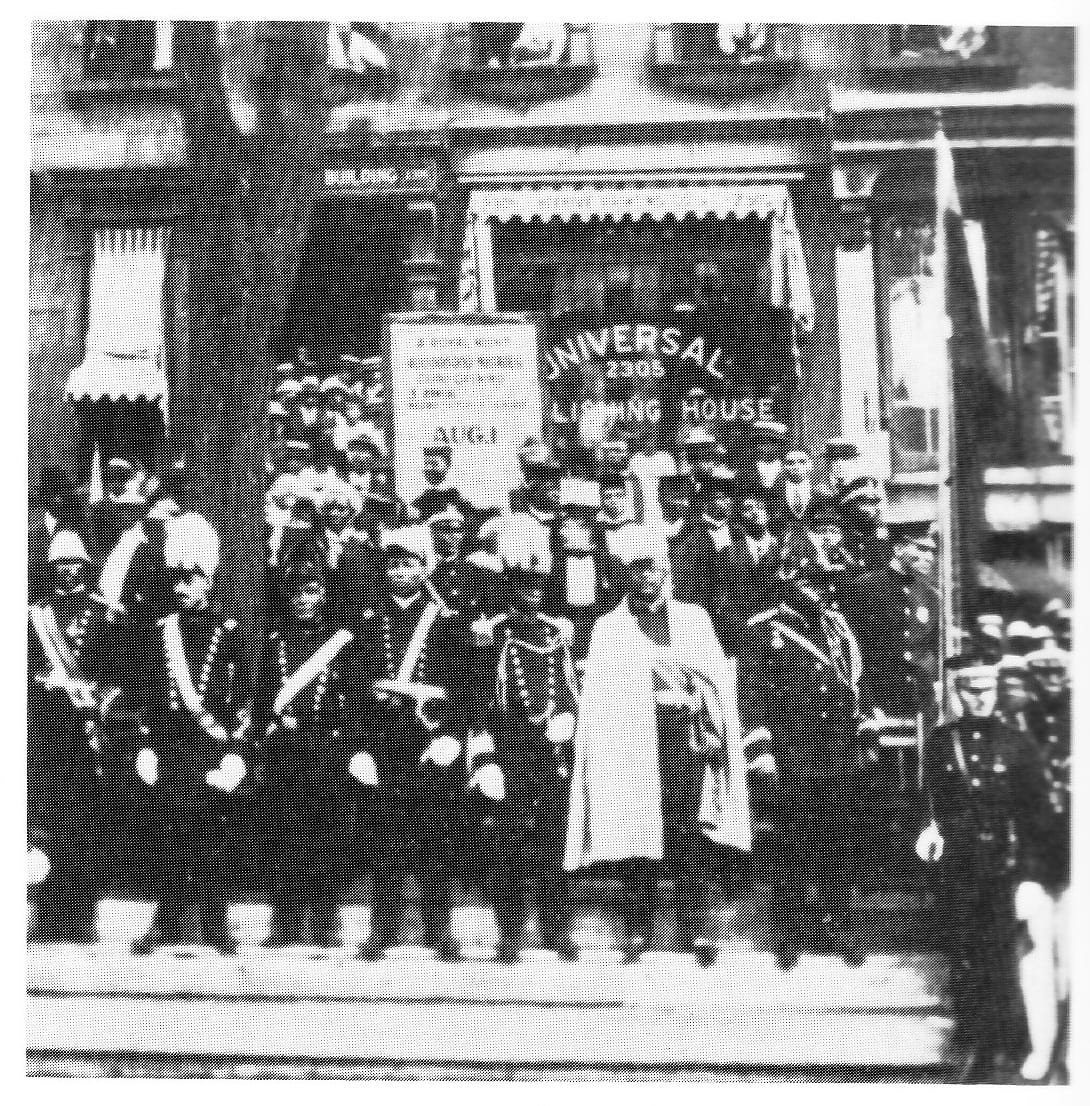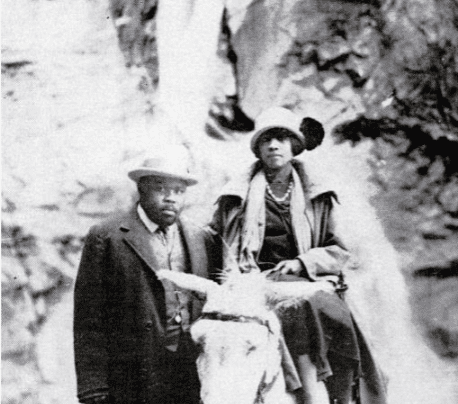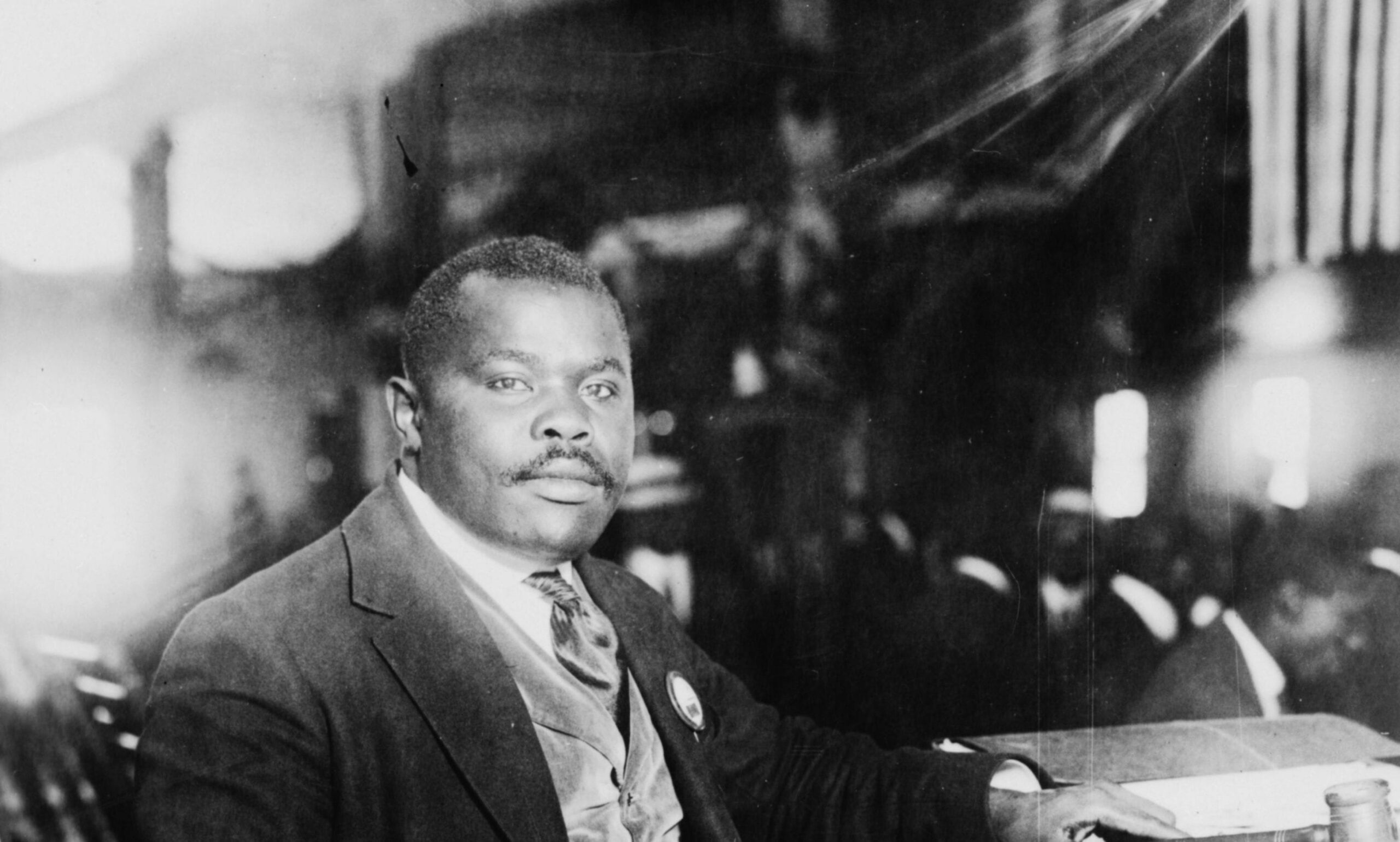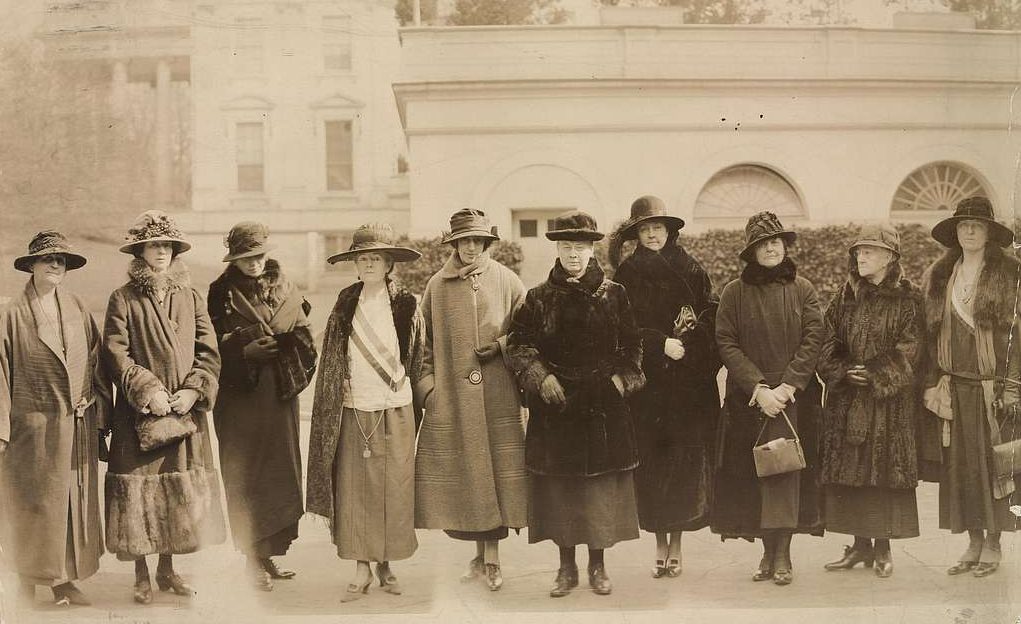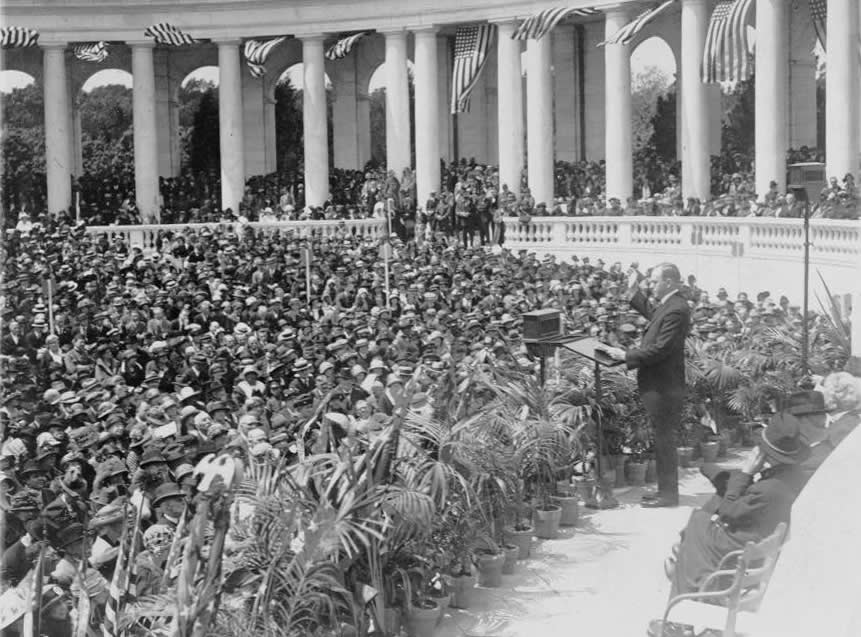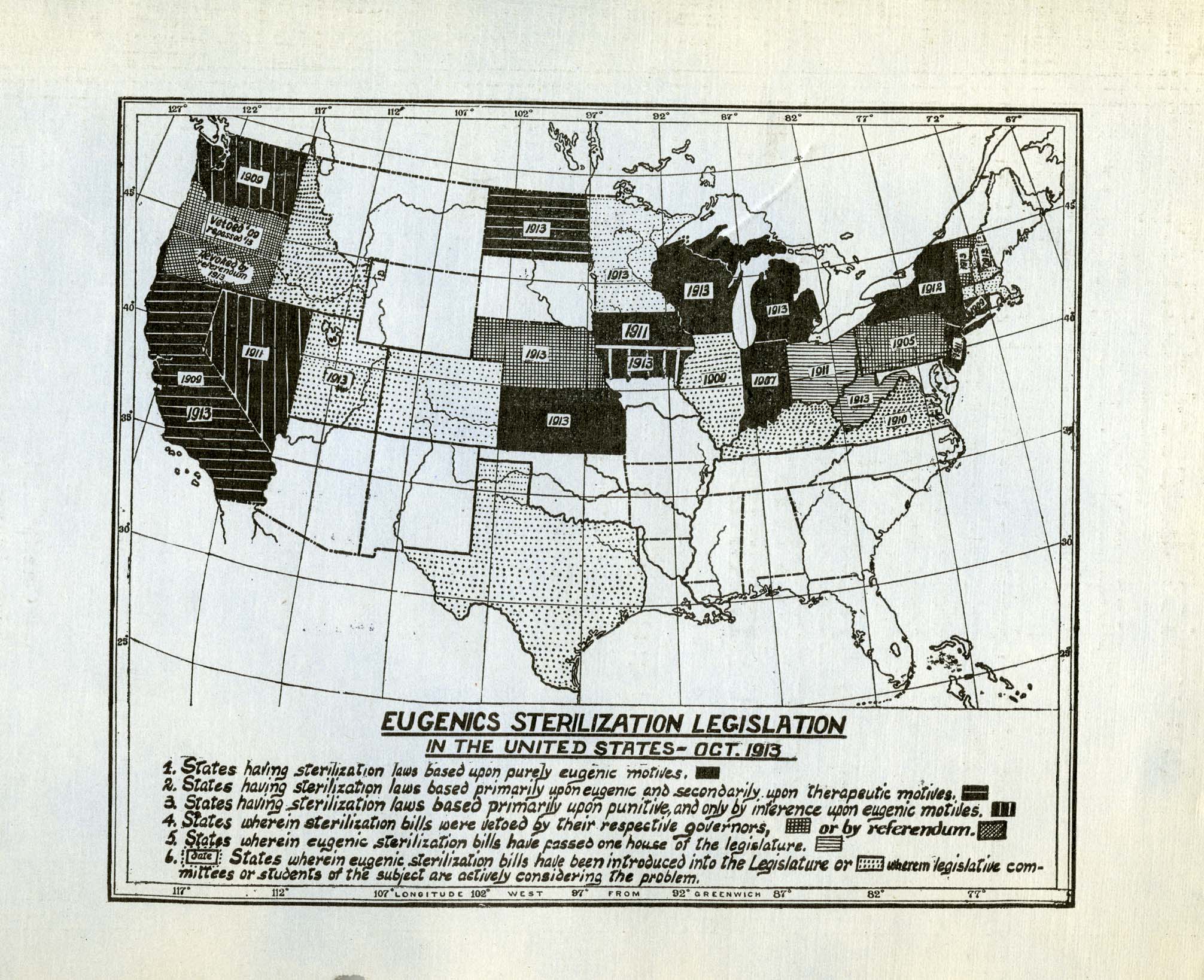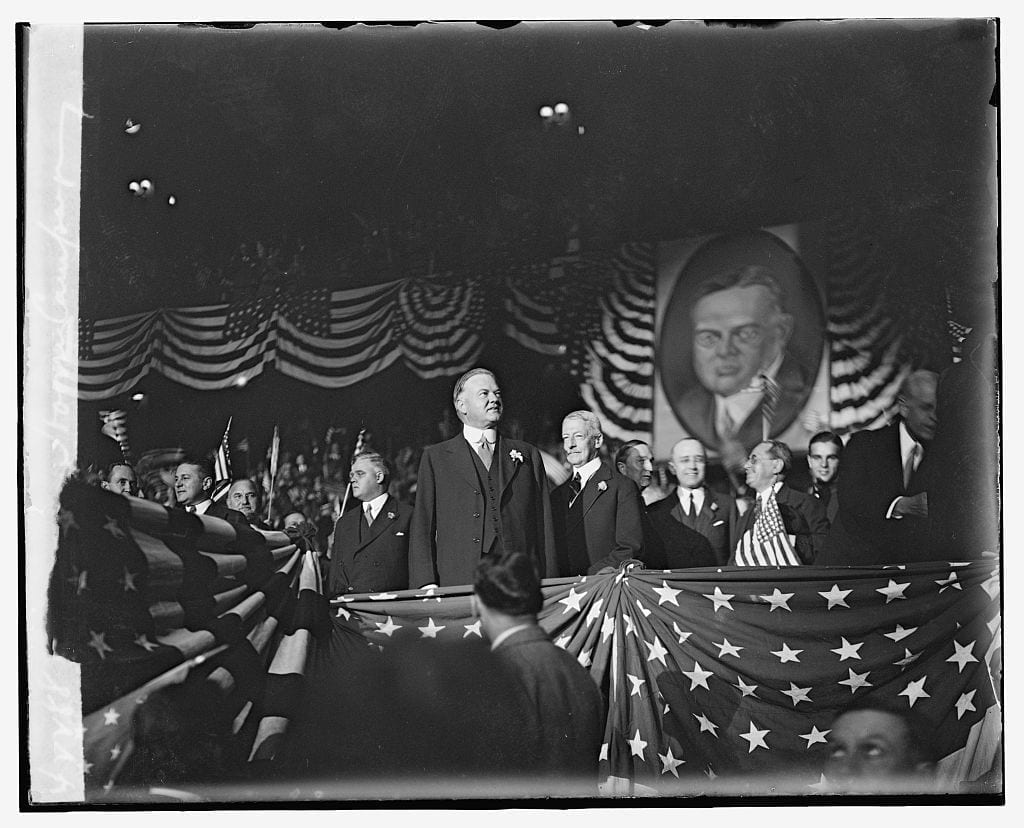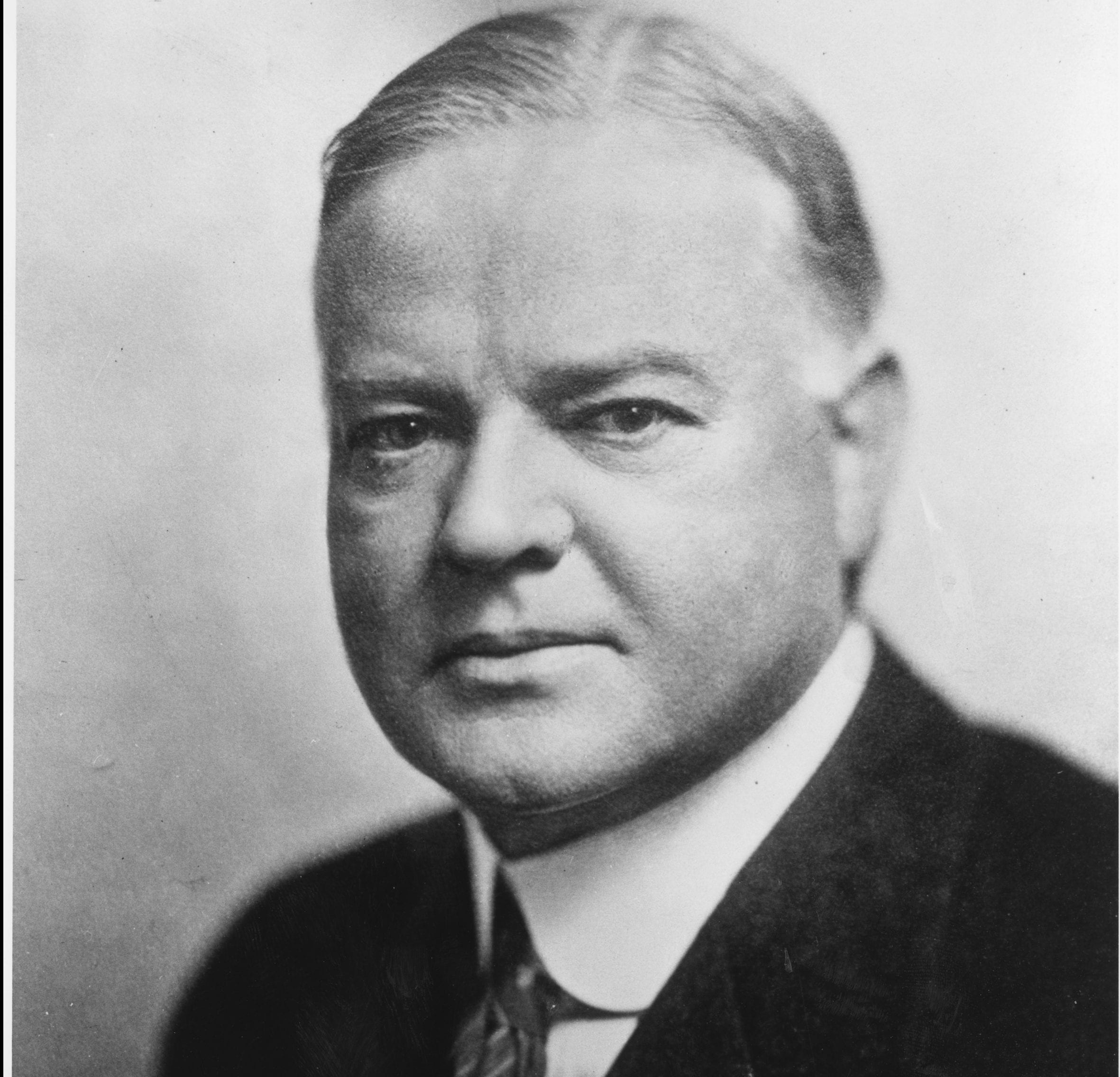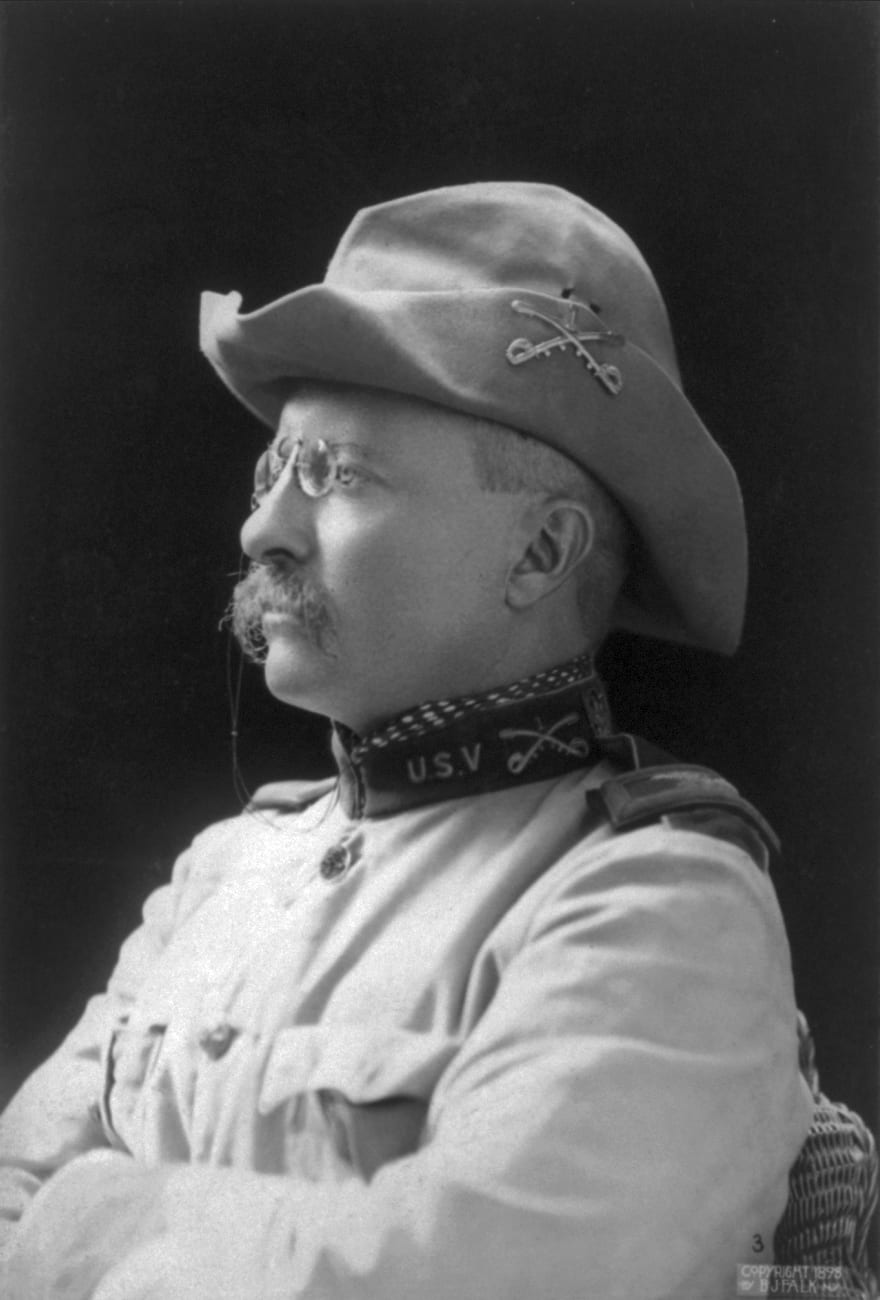
No study questions
No related resources
…The general objective of the United States–which was the objective of the Conference as a whole–was (1) to improve policies and consequent conditions in the Far East so as (2) to reduce a specific expectancy of war in the Pacific, and (3) thus permit of a general limitation of armaments.
With this general objective Great Britain was in hearty sympathy–under the very natural proviso that nothing offensive to her close ally, Japan, should transpire in such a way as to endanger the great British interests in the Far East or the security of British India and Australasia. And it was well understood that Great Britain came to the Conference with the particular hope that the aversion of the United States to the Anglo-Japanese alliance might result in expanding that alliance to an Anglo-American-Japanese alliance. For to bring the United States into alliance with herself has been a more or less persistent item of Great Britain’s foreign policy, at least since George Canning proposed it in 1823. With respect to this policy–of increasing moment as the United States grew in power–the “Four Party Treaty” between the United States, Great Britain, Japan, and France is an interesting development.
The particular objectives of France at the Conference were twofold. Her paramount concern was that nothing should be done at Washington that would limit the military power of France on the Continent of Europe vis-à-vis Germany; and M. Briand’s remarks on this subject summarily deleted the entire subject of the limitation of land armaments from any further consideration by the Conference. An evident corollary to this desire for military security on the part of France was her desire to strengthen her naval power in the Mediterranean for the purpose, stated by her representatives, of being able, in the event of war in Europe, to draw with assurance on the great manpower of her vast African possessions…
Of Italy it need only be said that her Far Eastern concerns are less even than those of France; and that her Mediterranean interests, though less extensive, are more vital to her because of her position. But that is not to say that they were parallel with those of France. On the contrary, it appears that Italy found her advantage in sympathy with Great Britain and, by securing the right to a fleet equal in size to that of France, quietly secured a potential naval advantage over the latter because the Italian peninsula does not divide Italy’s two coasts to the extent that the Iberian peninsula divides the two coasts of France.
The fact that, of late, Japan has been spending very nearly one half of her national revenues on her navy, while the United States has been spending less than a tenth of the Federal revenue on the American navy, led Japan to welcome with enthusiasm the call of the United States to a conference for the limitation of naval armament per se. But the fact that the proposed limitation of naval armament was predicated on arriving at “a common understanding with respect to principles and policies in the Far East” led the militarist press of Japan to characterize the invitation to Japan to attend the Conference as “the greatest calamity that has ever overtaken the Japanese Empire.” To reduce naval competition might save Japan from ruin or from the internal necessity of going to war prematurely in order to justify naval expenditures and prevent internal revolt; but policies in the Far East were matters of which, in the view of some Japanese, the least said the better. Yet it was realized that, if Japan declined to attend the Conference, she might be diplomatically isolated and could not hope to save herself from the internal dangers of her excessive naval expenditures.
Finding herself forced by internal as much as by external conditions to attend the Washington Conference, it became the duty of the Japanese Government to make such an estimate of the situation and to devise such a plan of procedure as would give the best promise of protecting and, if possible, advancing Japanese policy while relieving Japan of her unparalleled burden of naval expenditure…
It was natural for Japan to suppose that, having called the Conference, the United States would be prepared to pay a high price to make it a success and might, therefore, be induced to a commitment that would constitute a positive improvement of Japan’s politico-naval situation. The problem was to determine on an objective of great naval advantage to Japan, such an objective as would render unnecessary further expansion of Japan’s navy while protecting her political policy, and such an objective as might be attained by astute diplomacy at the Conference.
From the course pursued by the Japanese from the moment of their arrival at Washington it was evident that they came with such a plan, prepared by the cooperation of statesmen who understood naval strategy with naval strategists who understood statecraft. It was a plan that should have been apparent before the Conference opened to anyone really conversant with the strategy of the Pacific; for it was a plan that was obvious from the outset to all but those who did not understand both statecraft and naval strategy. Yet the Japanese put it through–as will appear hereunder–with results far transcending such a detail as whether the ratio of capital fleets were to be 1o-1o-6 or 1o-1o-7, all the talk over this detail being merely a cloud of dust thrown in the air to conceal the real objective. And, as will appear, they thereby gained an unprecedented naval victory, pregnant with political possibilities for which it would be difficult to find a parallel in history.
To the foregoing very brief outline of the particular objectives of some of the Powers at the Washington Conference, it should be added that some of the Chinese seemed to have entertained hopes of territorial restitution–in addition to Shantung–and hopes of political and economic independence which the issue has proved to have been exaggerated. They seem to have recalled the American idealism that inaugurated the Open Door Doctrine, not only to assure the openness of all China to the trade of all the world without discrimination, but also to assure the territorial integrity and political entity of China; and they seem to have expected that this same idealism would insist on the taking of material steps to correct incursions that had been made during the last twenty years against this doctrine..
It was not to be expected that public interest would concern itself first with such particular objectives as have been suggested, even though they were important factors underlying the primary problem of putting in effect in the Far East such policies as would ensure fair practices by all and to all in that field; and this to the end that the likelihood of further aggressions there–or of a war of defense against further aggression–would be so reduced that it would be safe for the Powers, and for those dependent on them for security, to limit armaments.
On the contrary, public interest centred on the tangible objective of limiting armaments. And this natural centering of public interest on this objective was particularly emphasized because the Conference, though dealing with conditions in the Far East, occurred soon after the great war in Europe and, consequently,
at the height of such a popular reaction against armaments as usually follows the close of every great war–especially if it has been one of the wars fought to end war.
From this it followed that the greatest popular interest was accorded to the proposal to destroy over half of the aggregate tonnage of American, British, and Japanese capital ships, built or building, to stop forthwith all building of such ships, and to set up the ratio of 1o-1o-6 as that to be maintained for ten years between the capital fleets of these Powers. But the Japanese insisted on retaining their brand-new Mutsu which is the greatest battleship in the world and which was built largely by popular subscription; and in order to do this they contended for a ratio of 1o-1o-7. This was adjusted by allowing Japan to retain the 33,8oo-ton Mutsu while earmarking her 20,800-ton Settsu for the scrap heap. But this increase in Japanese tonnage compelled the United States to undertake to complete the 32,6oo-ton Colorado and West Virginia as substitutes for the 2o,ooo-ton Delaware and North Dakota; and this in turn caused Great Britain to desire to undertake the building of two entirely new ships of not over 35,000 tons each, whereupon the Thunderer, King George V, Ajax, and Cen¬turion, aggregating 91,500 tons, would go to the scrap heap. This readjustment caused by the Japanese retention of the Mutsu retained virtually the ratio of 1o-to-6 or 5-5-3; but it prevented the putting in practice of the plan to stop forthwith all building of capital ships..
Of the total of 1,645,810 tons to be destroyed, over half is constituted by ships almost all of which are so old, so slow, or are so comparatively weakly armed, that they can no longer be considered fit to fight in an up-to-date battle-fleet. In this connection it is appropriate to recall that, before 191o, –and as a measure of naval efficiency in expectation of war by Germany, –Admiral Lord Fisher got rid of 16o British naval vessels “that could neither fight nor run away.” To this it may be added, on personal knowledge of the present writer, that, for several years past, some American naval authorities have been advocating disposing of 15 out of the 17 American battleships to be scrapped; and this not as a measure of reducing the power of the American fleet, but as a way of increasing the efficiency of the American navy by relieving it of practically useless deadwood. As somewhat the same holds true for almost all the British and Japanese ships afloat and to be scrapped, it is difficult to see in this doing away with 51 obsolete or obsolescent battleships any reduction in fleet power…
It may be said, in short, that the naval limitations agreement does not limit the extent to which future competition may be carried in building submarines, destroyers, cruisers, or any other type of combatant naval vessel in any number, except capital ships and airplane carriers. It virtually does not reduce the present effective force of capital fleets in themselves, but merely provides against their further expansion; and it makes specific provision for expansions of the present airplane-carrier forces…
Such considerations lead us to the conclusion that the most important thing for us to attempt to estimate is whether or not the naval limitations agreed on will tend to spread righteousness in the Far East; and, subsidiary to that, whether or not they will tend to maintain peace in the Pacific. But, in order to make such an estimate, we shall have to consider the functions of naval force in the Pacific as modified by the Washington Conference, political conditions in the Far East, and the very promising results to be expected from some of the non-naval agreements reached at Washington.
It may conduce to a clearer appreciation of the more important naval conse¬quences of the Washington Conference, as they affect the functions of naval force in the Pacific, if first we consider some of the functions and limitations of modern navies. Then we can apply general principles to the specific situation in the Pacific…
The basic mission of a navy is to defend its country and those for whose defense its country is responsible. The defense of British overseas domains by the British navy and the defense of the Philippines by the American navy are instances wherein a Power, by assuming suzerainty, has incurred the concomitant and unavoidable moral responsibility for the defense of its dependents. Collateral to this primary mission of defense, there rests upon a navy the duty of supporting the external policies of its country. The Monroe Doctrine and the Open Door Doctrine are instances of such policies…
As naval warfare, like chess, is primarily a question of location and then a matter of the timely movement of forces of different strengths, we must first picture to ourselves the very simple geography of the principal strategic points in the Pacific. Hawaii is 2100 miles west-southwest of San Francisco. With adequate base facilities–which do not yet exist–in both places, the American battle-fleet could be supplied from San Francisco if it were based on Hawaii. And from there it could protect the western coast of the United States from enemy operations other than of a touch-and-run cruiser nature–except for the fact that Japan is building large submarines of such great cruising radius that they will be able to cross the Pacific, operate off our western coast for a month and then return to Japan without refueling.
Guam is 3300 miles slightly south of west from Hawaii; and Manila is 1523 miles west beyond Guam… [I]t is clear that neither Guam nor the Philippines could be defended by a fleet based on Hawaii. But if a fleet could be sure of finding fuel and other base facilities at Guam, it could easily advance from Hawaii to Guam, for the distance is less than 4000 miles; though from Hawaii a fleet could not reach the Philippines without refueling somewhere, as they are nearly 5000 miles distant; and a fleet of superior power, based in the region of Guam, could defend the Philippines, as they are only 1500 miles from Guam, although both the Philippines and Guam are less than 1400 miles to the south-ward of the great naval bases in Japan proper. It will be seen from this that Guam occupies a pivotal position in the strategic geography of the Western Pacific, giving to the possessor of an adequate and secure base region, with Guam as a nucleus, what are known as “interior lines.” For not only would a fleet based in the region of Guam command the northern and eastern approaches to the Philippines, but it would command the lines of communication between
Japan and the Marshall, Caroline, and Pelew archipelagoes, which lie to the southward along the line of communications between Hawaii and the Philip-pines, and in close proximity to this line…
From what has been said the conclusion seems inevitable that the single question that has the most influence on the naval situation in the Western Pacific is, whether or not the United States has secure tenure of Guam. If at Guam there are merely adequate naval stores and such defenses that it cannot be taken by a battle-fleet, then, in the event of war, the American battle-fleet could proceed there and, after refueling, cut the lines of communication the Japanese had extended to the Philippines–if the Japanese had been venturesome enough to attempt to take the latter with Guam securely in American hands. During the early stages of the war, Guam and other appropriately placed islands in the Western Pacific could be provided with adequate base facilities and then the war would proceed to a reasonably quick end.
But if Guam is not strongly enough defended to stand off a battle-fleet, then Japan can take also the Philippines and hold all the Far Eastern possessions of the United States, secure in the knowledge that it will take the latter about three years to regain from Hawaii a base in the Far East by a certain series of operations…
As already may have been inferred, the pivotal point of both the naval and the political conclusions of the Conference was the question of fortifications and naval bases in the Far East–and most particularly the status of the fortifications and such beginnings of naval bases as the United States has in her insular possessions in the Far East. Article XIX of the Naval Treaty provides that these latter fortifications and so-called naval bases shall remain in statu quo as at the time of the signing of the Treaty. That is to say that they shall remain in such a status that the Japanese battle-fleet could take Guam and most of the Philippines within about a fortnight of the outbreak of hostilities, and that thereupon, the American battle-fleet being without a Far Eastern base, would be powerless beyond its range of about 2ooo miles west of Hawaii–this irrespective of its size relative to that of the Japanese battle-fleet, and for reasons similar to those that make the biggest gun conceivable literally powerless at a distance about twice as great as it can shoot its projectile. Whatever factors led to this pivotal conclusion may be viewed in two entirely different lights.
It was said early in this article that it was clearly evident to strategists that the Japanese came to the Conference with a definite plan designed (1) to safe-guard their present politico-naval status in the Far East, and (2) to use the responsibility of the United States for the popular success of the Conference so as to exact concessions that would improve the politico-naval status of Japan in the Far East. A thorough knowledge of the strategy of the naval situation, which has been merely outlined above, made it extremely easy for strategists to forecast what would be the main element or objective in such a Japanese plan. One had only to determnie on that factor in the strategic situation which would be of the greatest advantage to Japan, and yet be attainable by negotiations carried out under all the circumstances qualifying the Washington Conference. So there was no surprise among those who understood the strategic factors involved when, in the very first week of the Conference, rumors developed to the effect that the Japanese, as well as objecting most positively to the proposed scrapping of their peerless new battleship, the Mutsu, were raising questions as to the fortifications and so-called naval bases in the Far Eastern possessions of the United States–and this as a factor of the proposed limitation of naval fleets, and although it had not been mentioned in the original proposals made by Secretary Hughes as to the limitation of fleets…
The conclusion seems unavoidable, therefore, that the naval effect of this whole arrangement is not the establishment of a 5-3 ratio of naval power between the United States and Japan with respect to the Far East. On the contrary, it means virtually complete disarmament by the United States in the Far East while Japan–though statistically less heavily armed at home than the United States is at home-is left overwhelmingly armed in the Far East. And about the same thing might be said with respect to Great Britain’s power to express naval force in the Far East vis-à-vis Japan. Consequently, in the Far Eastern situation, a region of international interest has been delimited in which Japan is omnipotent as far as arms go, and in which the other interests relatively are powerless. So in the Far East we have a region in which virtually the equivalent of disarmament of all Powers, except Japan, is proposed–a region in which, therefore, the only reliance will be in the validity of such diplomatic agreements as those in which the advocates of complete disarmament repose so much confidence. Consequently, this region may be looked upon in the immediate future as a localized experiment in disarmament wherein, in spite of Japan’s armaments, the world is trying the experiment of relying merely on agreements…
In the light of all the circumstances just stated, or implied, it would seem difficult to support the contention that the naval agreement, considered by itself, tends to spread righteousness in the Far East–unless Japan chooses, without forceful compulsion, to bring to a definite end the general policy she has been pursuing in recent years. And if she does not so choose, it is difficult to see how peace will be maintained in the Pacific–unless the Powers pharisaically abandon all responsibility for the maintenance of righteousness in the Far East. But it may well be that the entirely new freedom accorded Japan in the Far East will result in an entirely new policy on her part, especially under the stimulus of the purely diplomatic agreements drawn up by the Washington Conference.
The underlying task before the Washington Conference really was to find a diplomatic prospect of solving the problem occasioned by the expansive course Japan has been following during the last sixteen years–and to find this in view of the depleted condition of the European Powers and in view of the popularity of the movement for disarmament in the United States. Of first importance in this respect is the Four Power Treaty which supersedes the Anglo-Japanese alliance and which binds the United States, Great Britain, France, and Japan to each respect the insular possessions of the others in the Pacific. Alongside of this is the treaty regarding China, wherein Japan joins the other Powers that participated in the Conference in categorical promises to respect the Open Door Doctrine, this latter being elaboarted in such great detail that an evasion of it would seem difficult–otherwise than by a patent breach.
In the light of these treaties it would seem that the great accomplishment of the Washington Conference has been to reach something of “a common under-standing with respect to principles and policies in the Far East”–in principle. The value of the entire accomplishment will depend on the spirit with which each and all concerned put these principles into practice. Only as, in the course of years, it becomes manifest that principle is or is not being put into practice, will it be possible to decide whether America and Britain have been wise in virtually withdrawing their great naval police power from the Far East and in giving to Japan an unchecked opportunity to choose her course…
Shall the Fundamentalists Win?
June 10, 1922
Conversation-based seminars for collegial PD, one-day and multi-day seminars, graduate credit seminars (MA degree), online and in-person.

